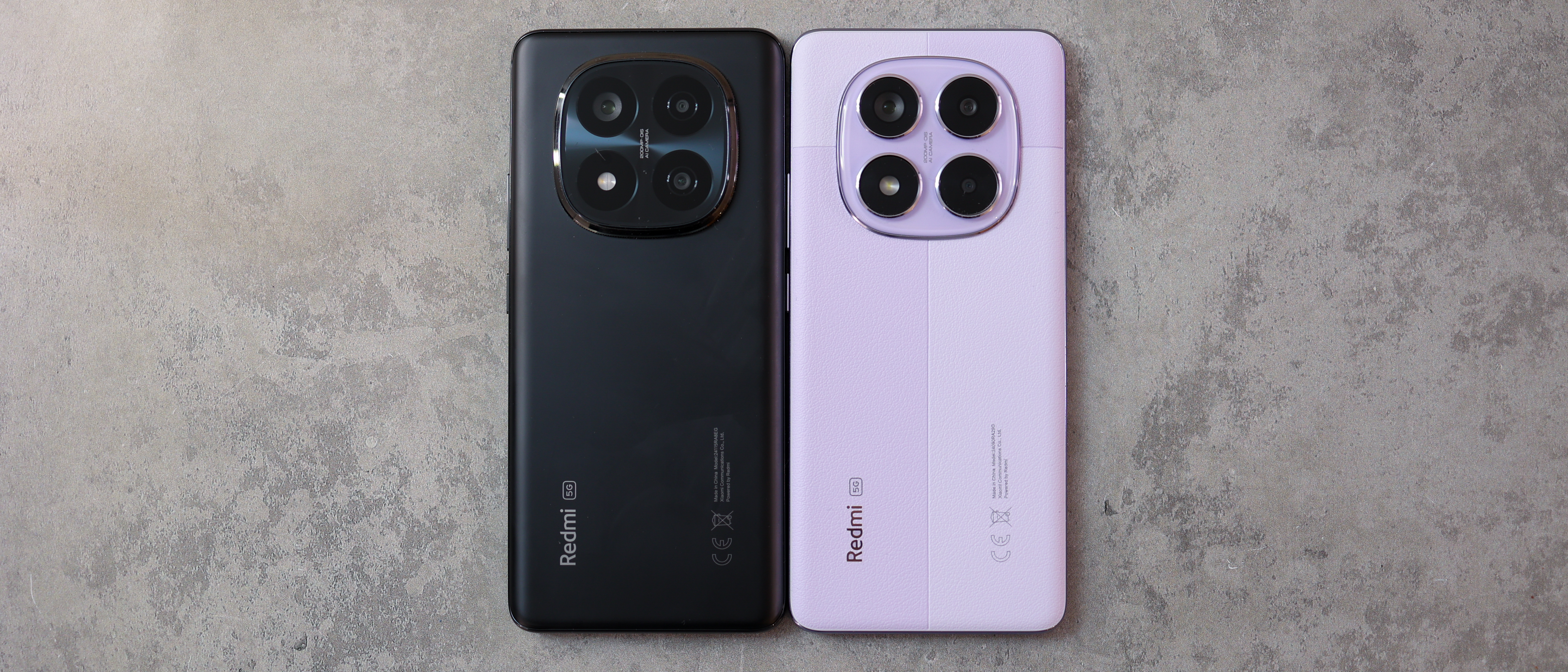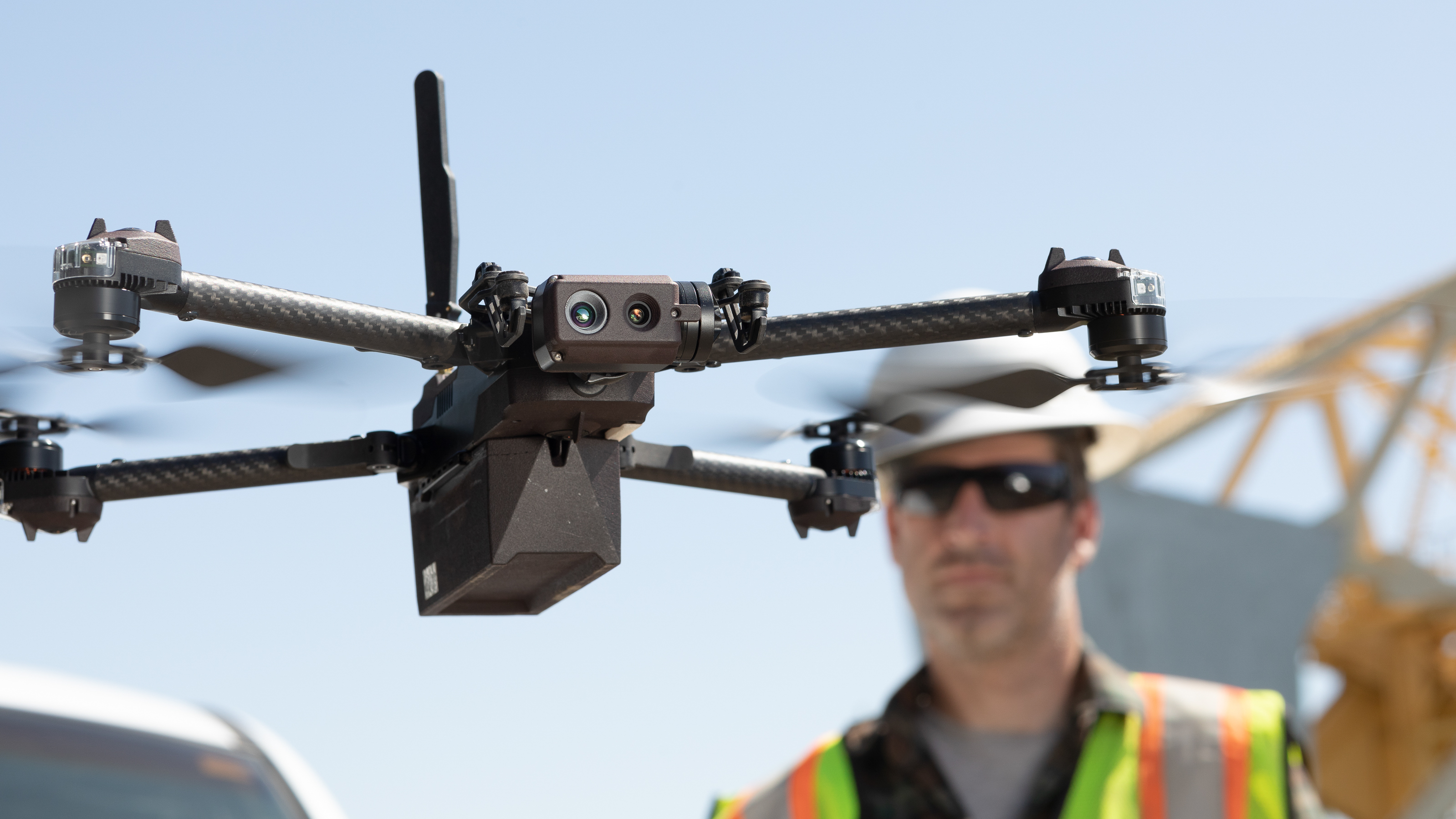Digital Camera World Verdict
The 200MP primary cameras on both the Redmi Note 14 and 14 Pro are class-leading in spec with their 1/1.4-inch sensors and fast f/1.65 apertures. The phones also have impressive screens, durability credentials, and look sleek. Let down by weak secondary cameras and underpowered chipsets, each is a good option if you’re not a gamer, prioritise primary camera performance and enjoy Redmi’s almost-flagship-looking styling.
Pros
- +
Large 1/1.4-inch 200MP primary cameras
- +
RAW capture support
- +
Excellent-looking displays
- +
IP68 water and dust resistant
Cons
- -
Very weak 2MP macro camera
- -
Mediocre 8MP ultra-wide camera
- -
Bloated interface with ads
- -
Arguably underpowered for the price
Why you can trust Digital Camera World
Before diving into the Redmi Note 14 Pro and Pro Plus, it's worth recapping who Redmi is: it’s a sub-brand of Leica's partner, Xiaomi, and Xiaomi has three phone brands: Xiaomi, Poco, and Redmi. The Xiaomi brand is the most premium – think the Leica co-engineered Xiaomi 14 Ultra – while Poco is typically aimed at value-focused gamers. Finally, Redmi targets value-focused imaging enthusiasts, at least with its Note series. Long-time readers may remember the excellent Note 10 Pro, a breakthrough device, but the line has started to feel a bit less exciting in recent years.
For 2025, the Redmi Note 14 Pro and 14 Pro Plus launched with identical camera systems and just a handful of hardware differences, so it makes sense to cover both together in one combined review. After all, both pack the same 200MP primary camera, complete with a large 1/1.4” sensor and a fast f/1.65 aperture.
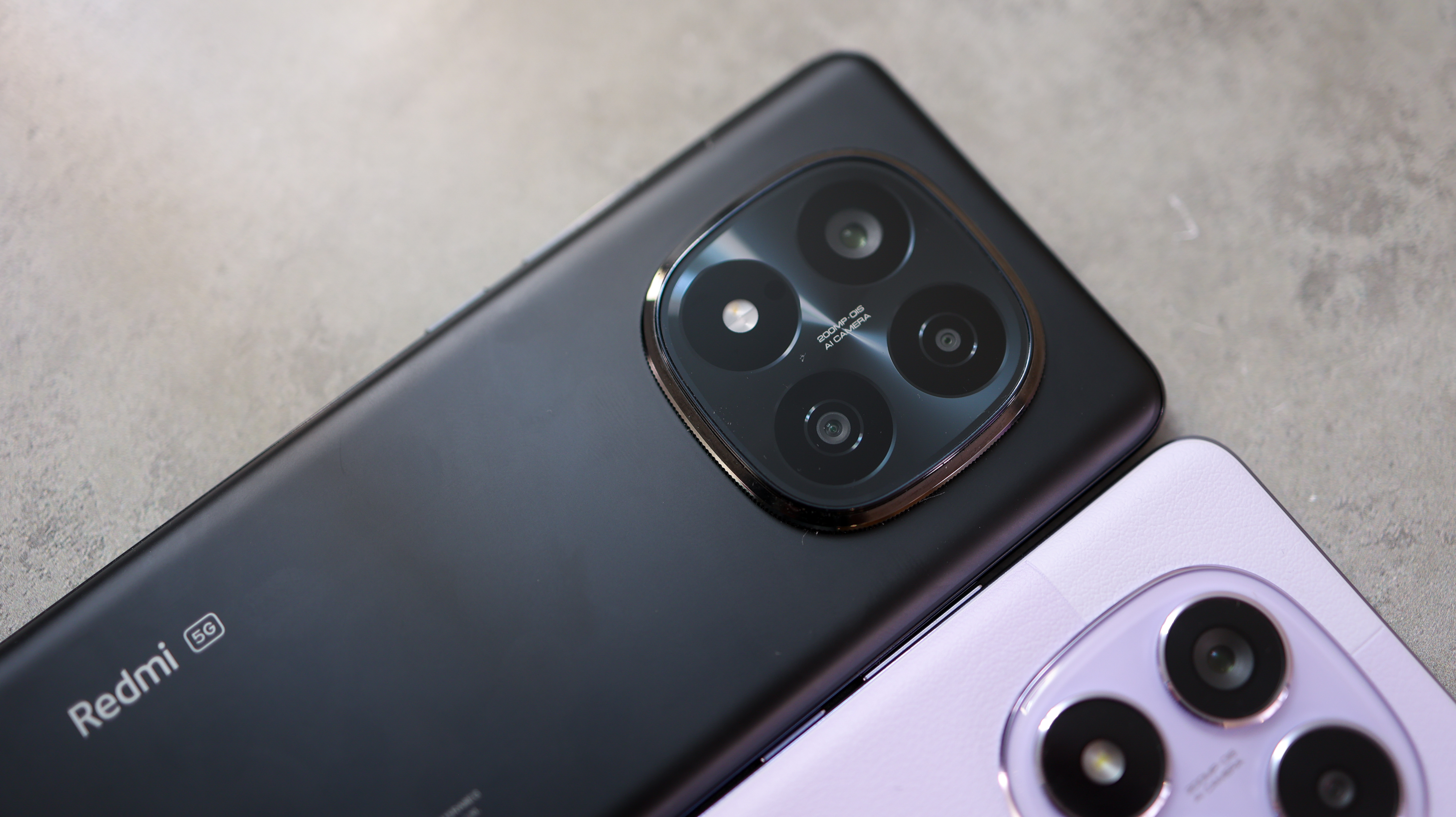
Looking at competing camera phones, and the Redmi Note 14 Pro and Pro Plus’s primary camera could actually be best in class, not counting the Redmi 13 Pro Plus which had the same impressive main sensor. Looking at the competition, the Nothing Phone (2a) and (2a) Plus have inferior main camera specs but better secondary cameras, while the Pixel 8a, Honor Magic 7 Lite, and Xiaomi’s new Poco X7 Pro all feature inferior camera setups on paper.
But there’s more to a phone than its primary camera, so let’s see whether the new Redmi Note 14 Pro and 14 Pro Plus can hold their own across the board.
Redmi Note 14 Pro and 14 Pro Plus design
The Redmi Note 14 Pro and Pro Plus look virtually identical. Both have curved backs and fronts for an ergonomic, soft in-hand feel. Each is available in a vegan leather or glass-backed option, and both feature shiny plastic frames that look like metal.
Around the back of the phones is a triple camera system with a stepped design within a squircle camera surround. Echoing last year’s Honor Magic 6 Pro, visually, this is where the main difference between the Redmi 14 Pro and Pro Plus's design lies.
The Note 14 Pro Plus levels the cameras under a single sheet of glass, while the 14 Pro frames each camera with a colour-matched element. Despite the fact the Redmi 14 Pro Plus looks more classical and feels more premium, the vanilla 14 Pro is actually more eye-catching, especially in this two-tone lavender version we’re testing.
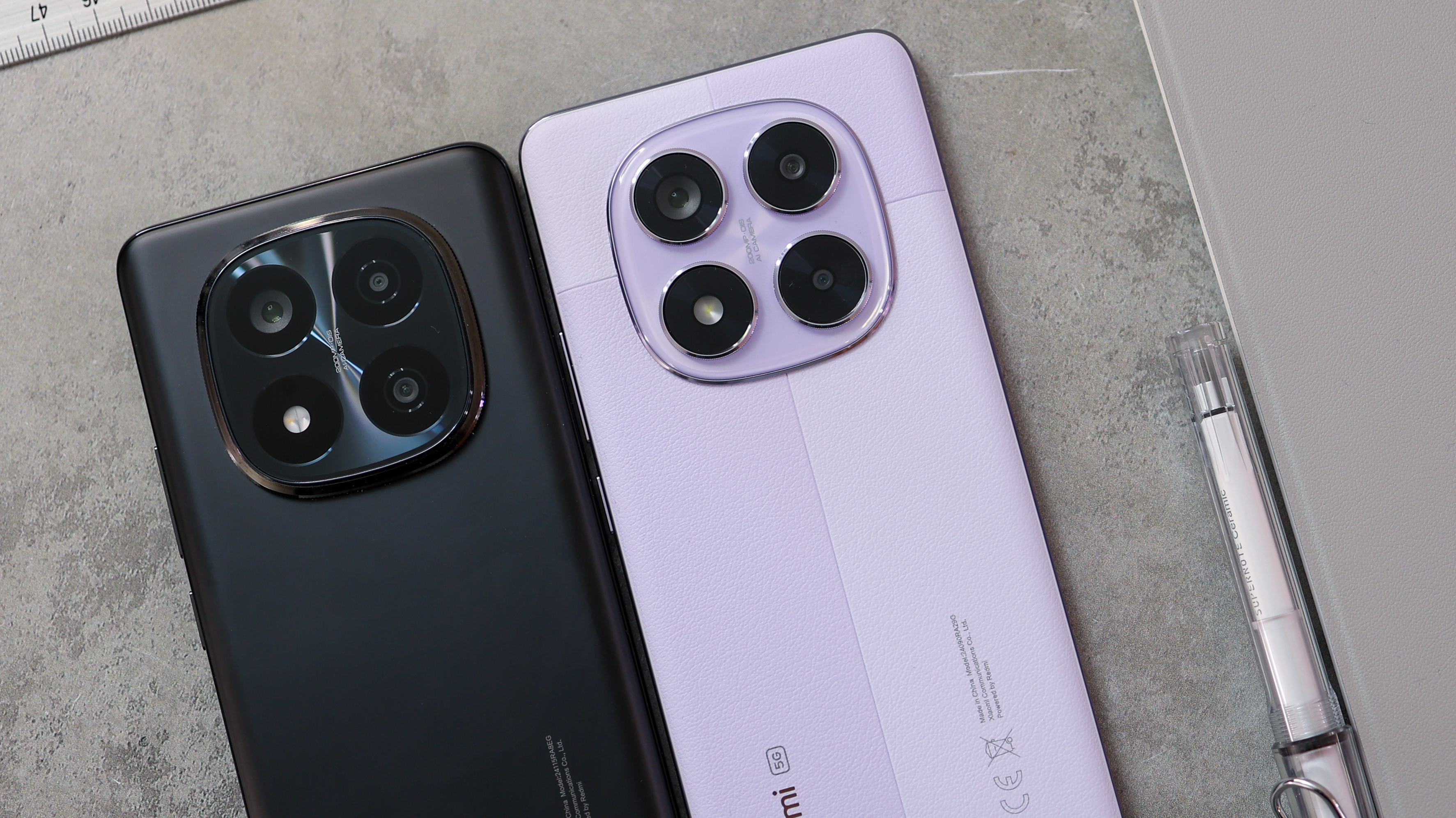
Speaking of colours, the Redmi Note 14 Pro is available in Midnight Black, Coral Green and Lavender Purple, while the Pro Plus can be had in Frost Blue, Midnight Black and Lavender Purple.
While the Redmi 14 Pro Plus is slightly heavier, likely owing to the extra glass in the camera surround, both phones are relatively comfortable in-hand, with the weight and size offset by the curved shape.
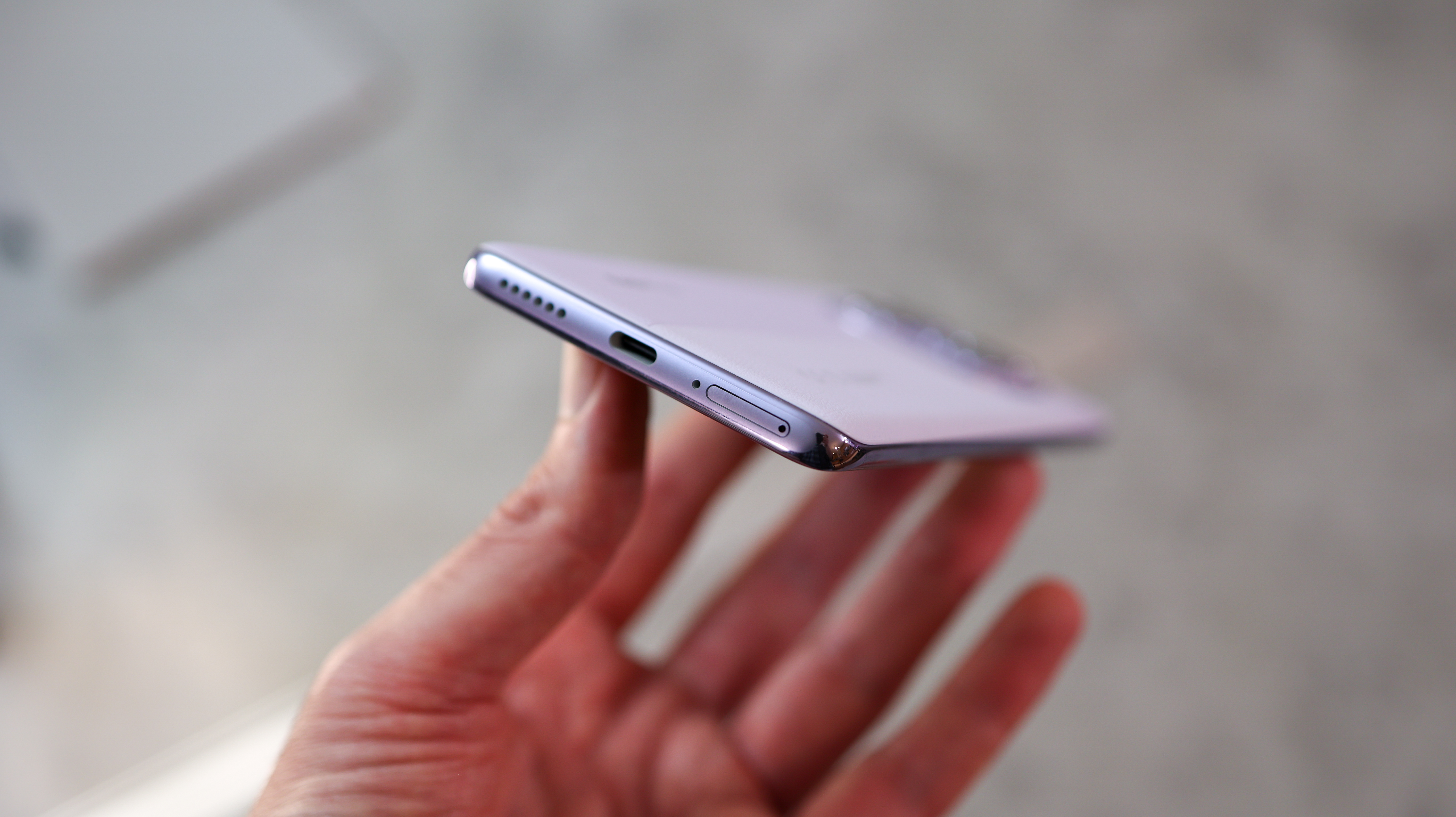
It’s great to see IP68 water and dust resistance on both phones, an assurance seldom seen at the price, and Xiaomi also claims extreme drop-resistance across both. If you’re picking up a glass-backed phone, it will also feature Gorilla Glass 7i for a little extra scratch and shatter protection, while both pack Gorilla Glass Victus 2-protected screens, very impressive for a midrange phone.
So while both phones may look like slightly chunky 2022/23 flagships, if you dig the look and feel, Redmi’s 14 Pro and Pro Plus have a lot going for them, and that extends to the displays too.
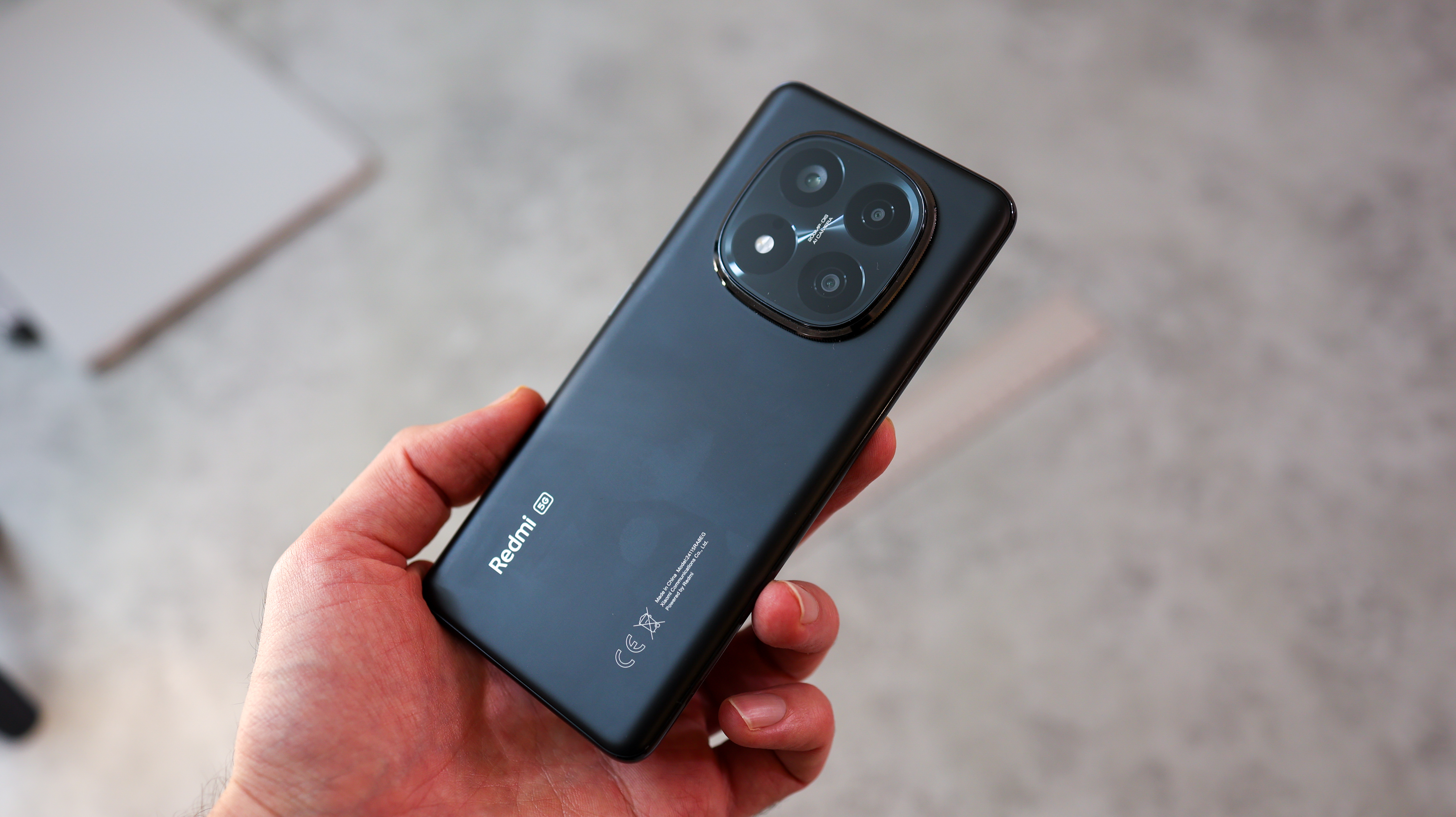
Redmi Note 14 Pro and 14 Pro Plus screen
With 6.67-inch curved OLED screens, the Redmi Note 14 Pro and Pro Plus both have comfortable screens, big enough for immersive watching and easy-to-read browsing, but not so big they’re unwieldy.
While curved displays have fallen out of fashion for gamers, as we’ll come onto, you probably won’t be gaming much on these phones, and the tapered sides actually add a bit of flair when set alongside all the flat displays flooding the market at the moment, especially in the mid-range space.
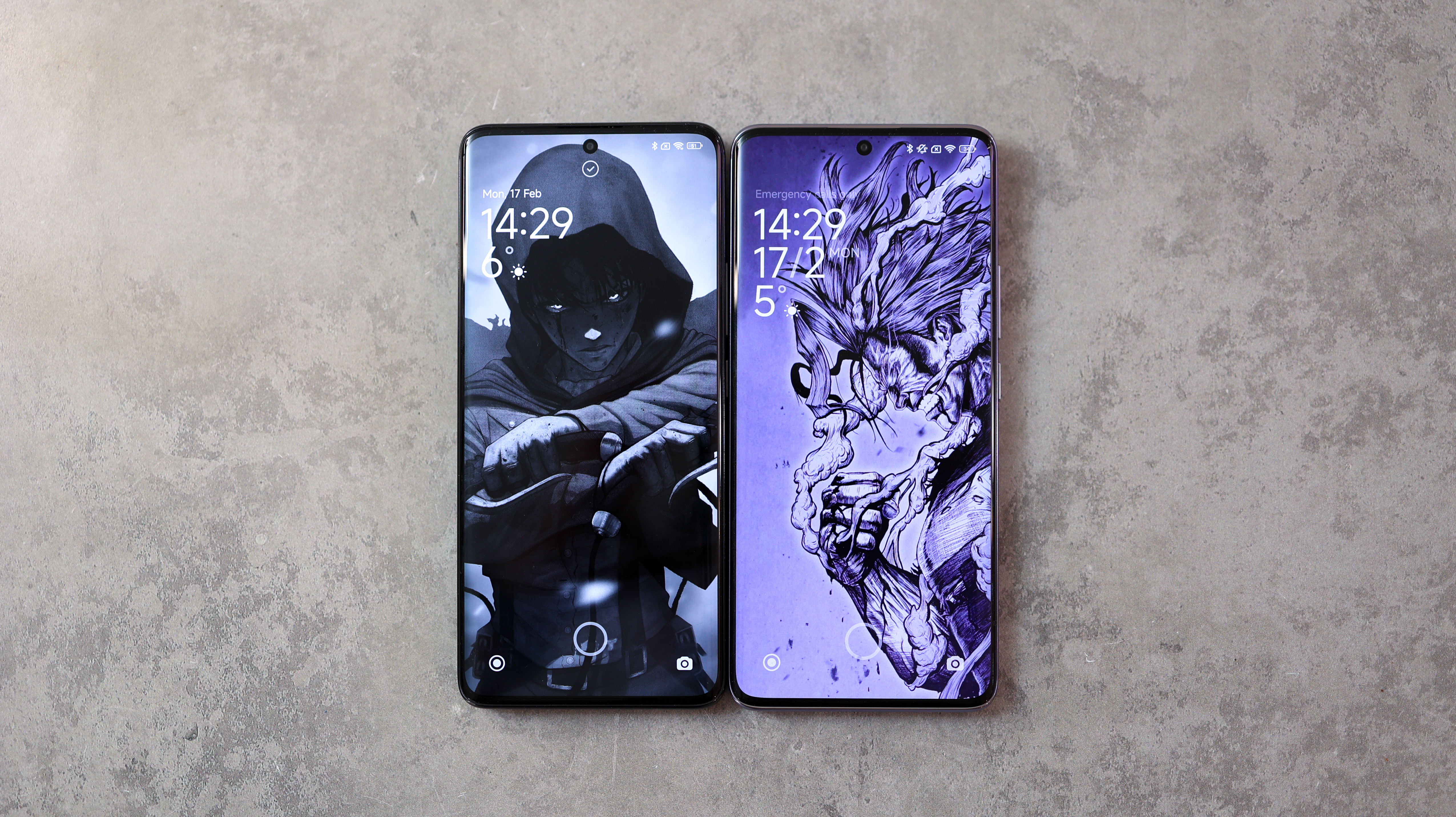
The quality is also impressive, with a 120Hz refresh rate for smooth scrolling, crisp 446PPI detail, and ample brightness for comfortable outdoor viewing. Xiaomi also loads up plenty of display options in the settings, so you can change the color balance and activate one of our favorite reading modes on any phone, with support for monochrome visuals and a paper-like texture overlay that makes reading text on a white background feel less intense.
So while some might not love the fact the Redmi Note 14 Pro and Pro Plus sport curved screens, if that isn’t an issue for you, both displays look and feel great.
Redmi Note 14 Pro and 14 Pro Plus camera specs
Despite the triple camera setups, there really is only one camera we’d recommend using on the Redmi Note 14 Pro and Pro Plus, possibly two in a pinch when you really need an ultra-wide field-of-view. The 2MP macro camera is terrible and should never be used unless you’re going for a low-fi, noise-heavy aesthetic.
The primary camera is that 200MP 1/1.4-inch sensor, f/1.7 aperture lens with OIS and a 23mm equivalent focal length. It has a nearest focus distance of about 8.5cm which can pull up striking background blur, so as far as main cameras go, at the price, the Note 14 Pro and Pro Plus are very impressive.

The 8MP ultra-wide is not quite as underwhelming as the 2MP macro camera, though It’s 1/4-inch sensor is tiny. Nevertheless, its 15mm equivalent focal length can be handy, and when capturing in bright environments, its photos are usable.
Both phones are also loaded up with plenty of shooting modes, with highlights including a 200MP mode for ultra-croppable shots, a Pro mode with RAW capture, or 200MP JPG capture, and Pro video as well.
On the subject of video, both phones cap out at 4K 30fps from the primary camera and 1080p from the ultra-wide and selfie camera.
Redmi Note 14 Pro and 14 Pro Plus camera review
As predicted, the Redmi Note 14 Pro and Pro Plus’s primary cameras are the ones to use 99% of the time. The primary camera is relatively versatile; it captures strong detail in brightly lit environments and appears to carry forward some of that classic, Leica-esque, contrast-rich photo processing we see on Xiaomi’s more premium phones, especially on the Redmi Note 14 Pro Plus.
Despite the identical hardware on paper, we noticed differences between the Note 14 Pro and Pro Plus pictures, with the lower-cost Pro more susceptible to purple fringing. AI-like sharpening also helped the Pro in more situations, especially when zooming.
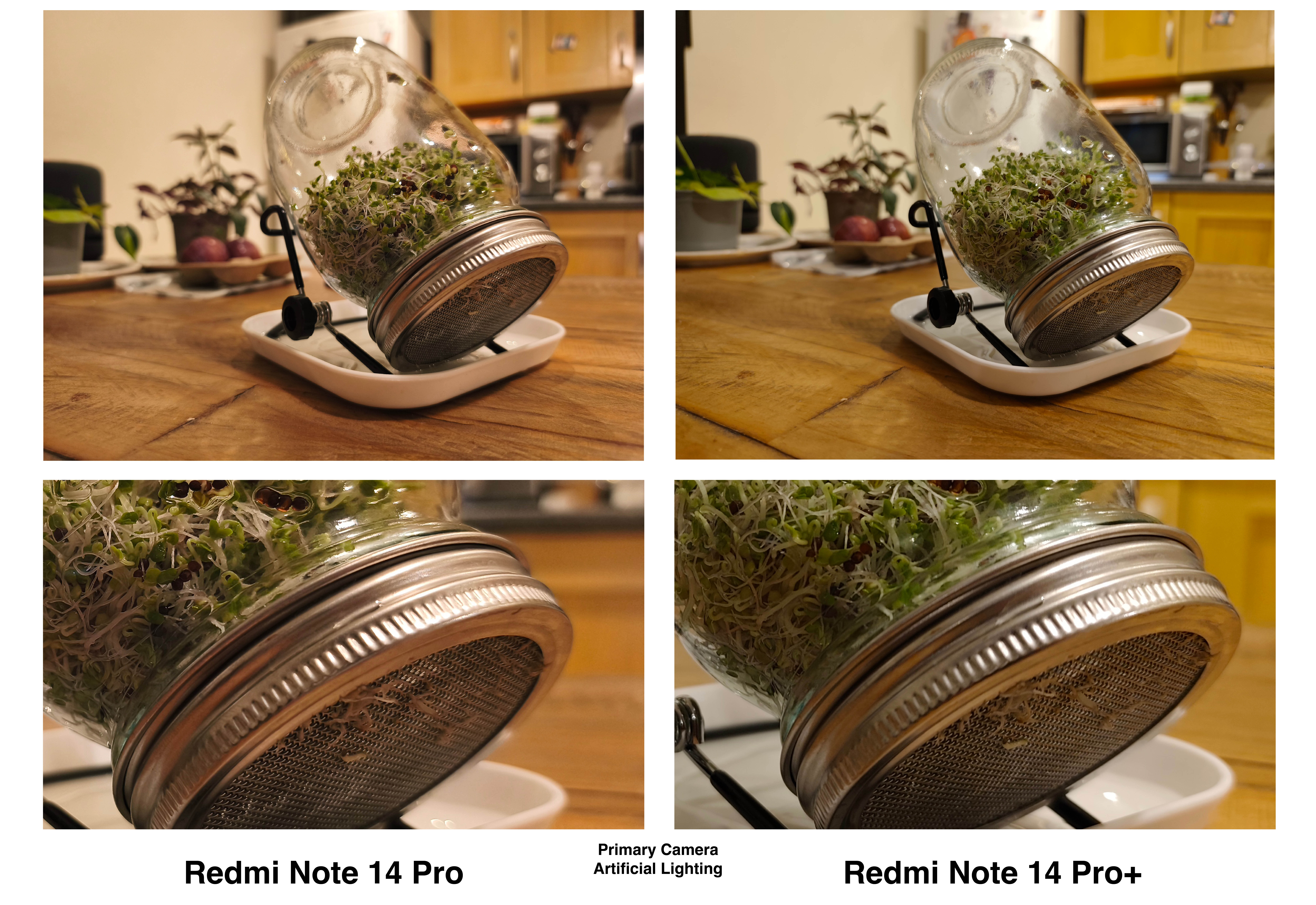
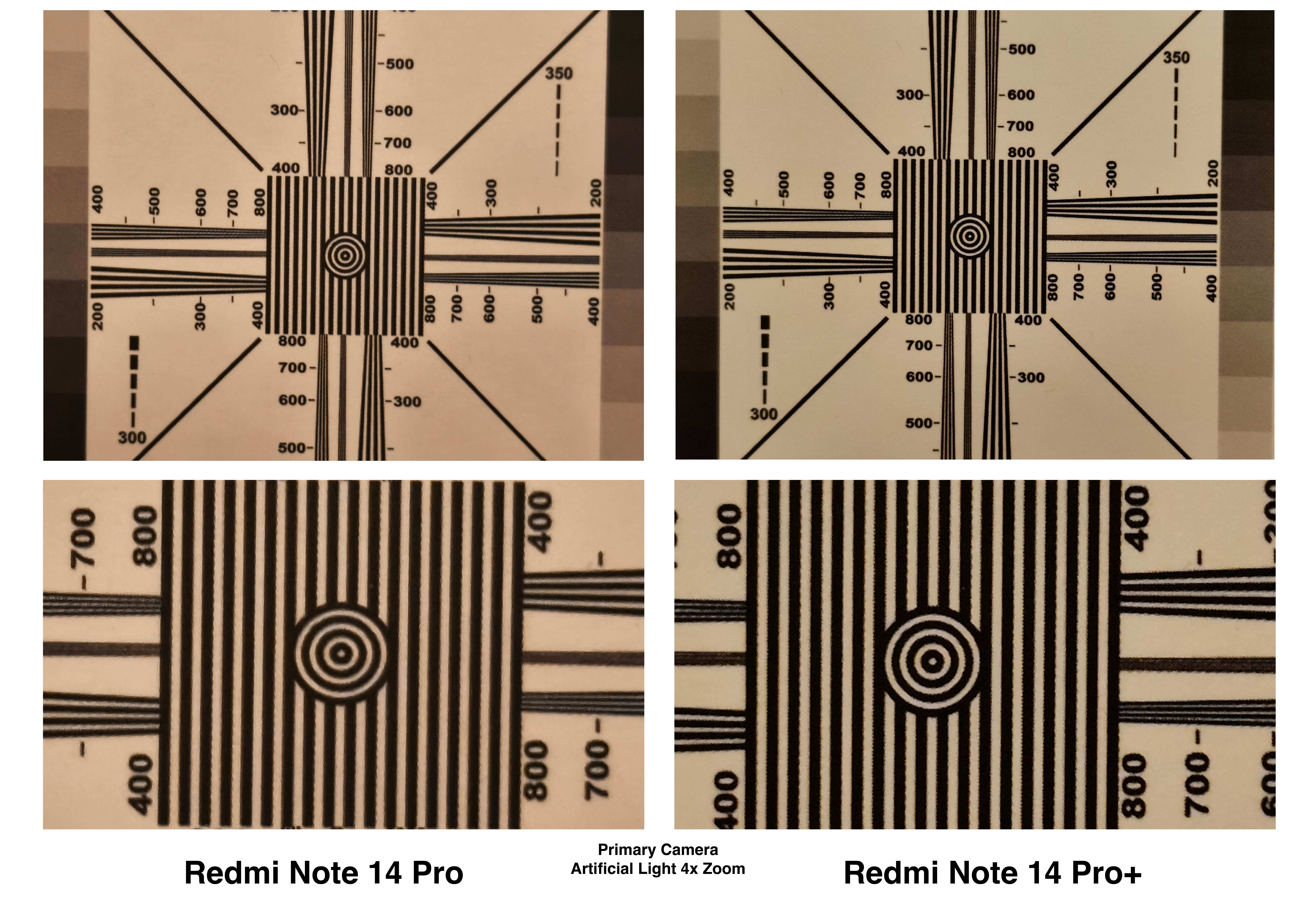
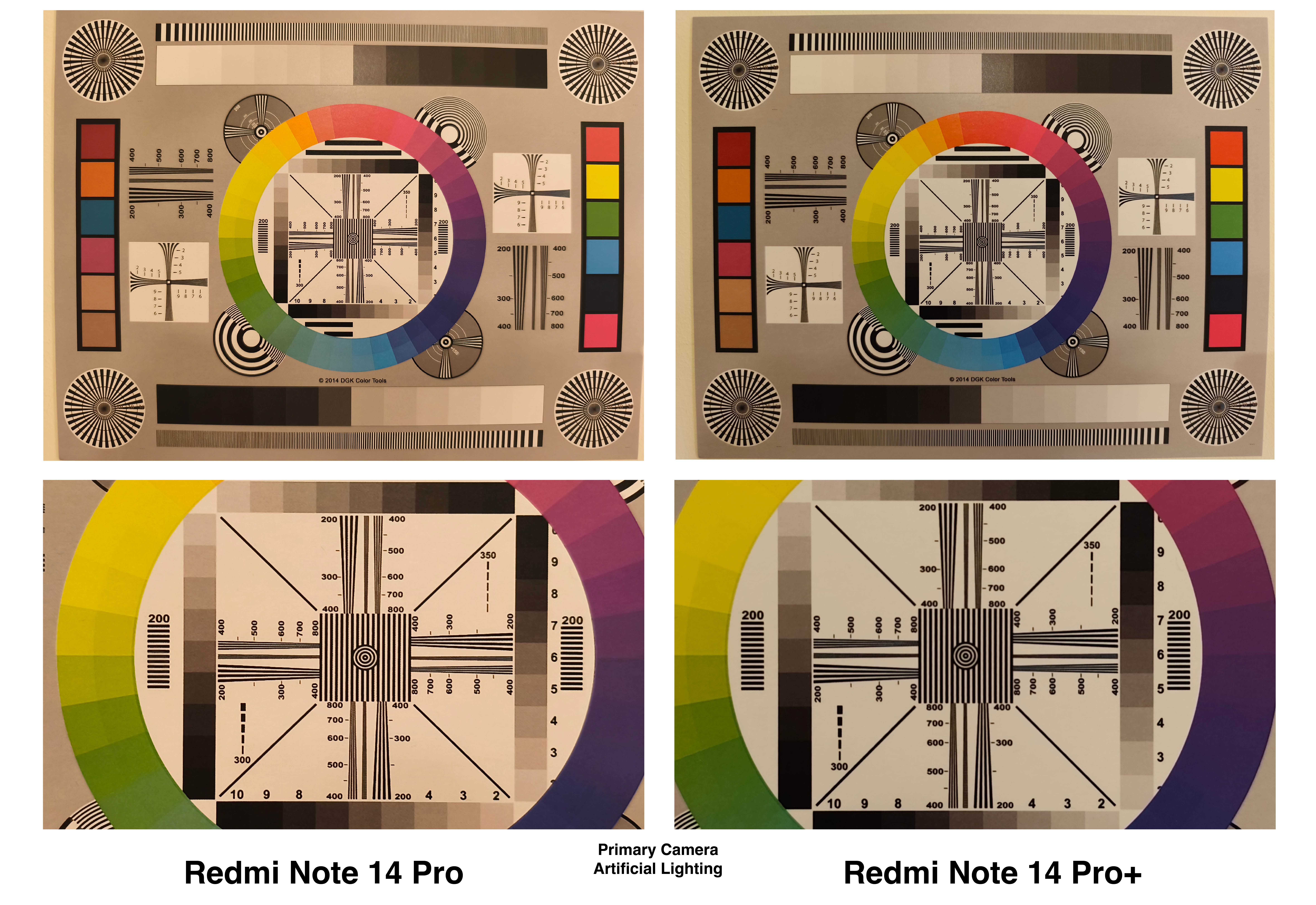
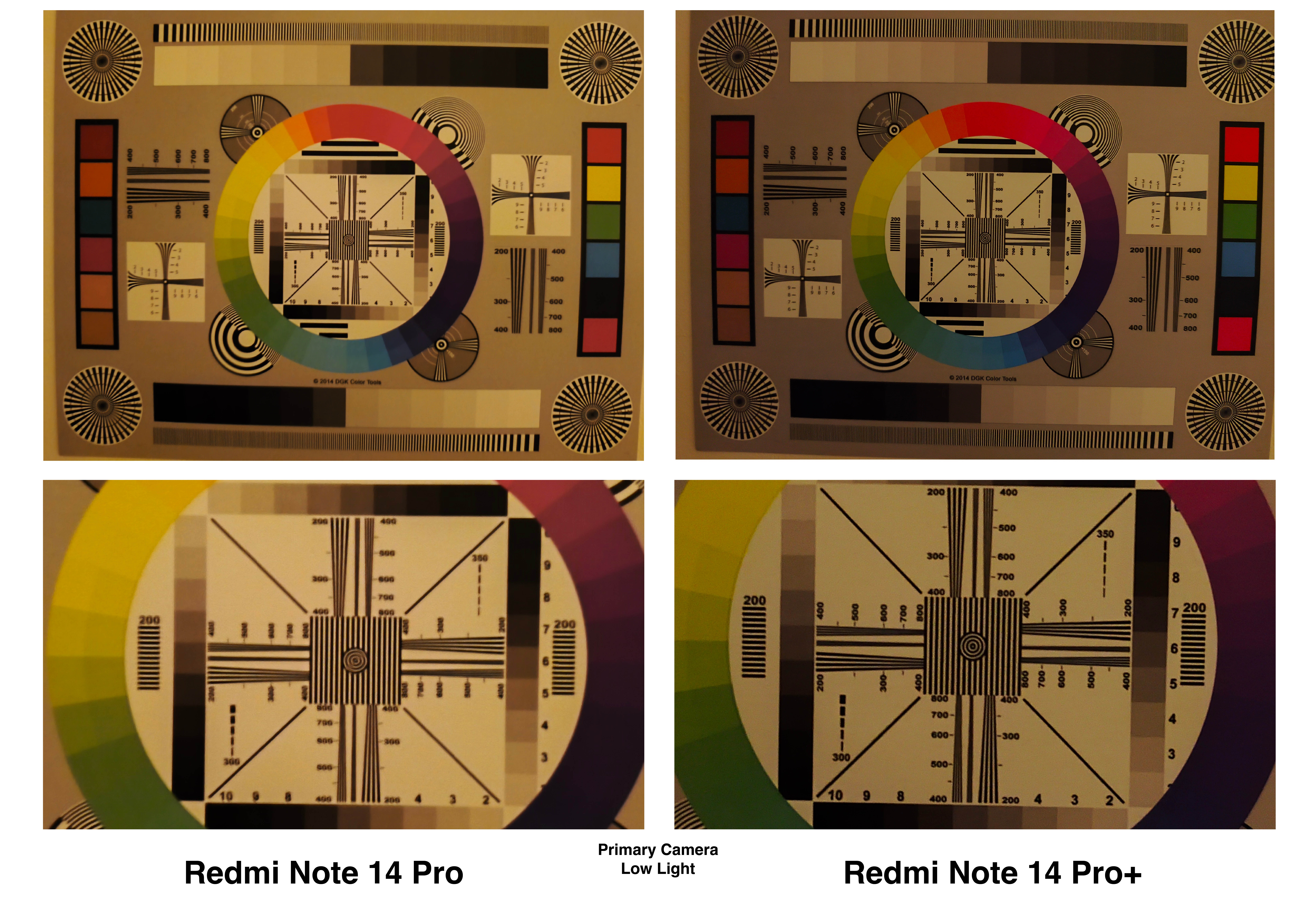
That said, we also experienced more consistent focus from the Redmi Note 14 Pro than the Pro Plus, and the 14 Pro tended to expose brighter than the 14 Pro Plus when night mode was active, however, detail on the Pro Plus was superior in our tests.
The other main key difference between both is how they process reds, with the Pro+ able to pull out deeper tones, while the Pro veered towards brighter, more magenta hues. It’s unclear how much these differences are down to the two different ISPs (one uses a MediaTek ISP, the other a Qualcomm ISP), and how much is down to different algorithms, but they’re definitely noticeable.
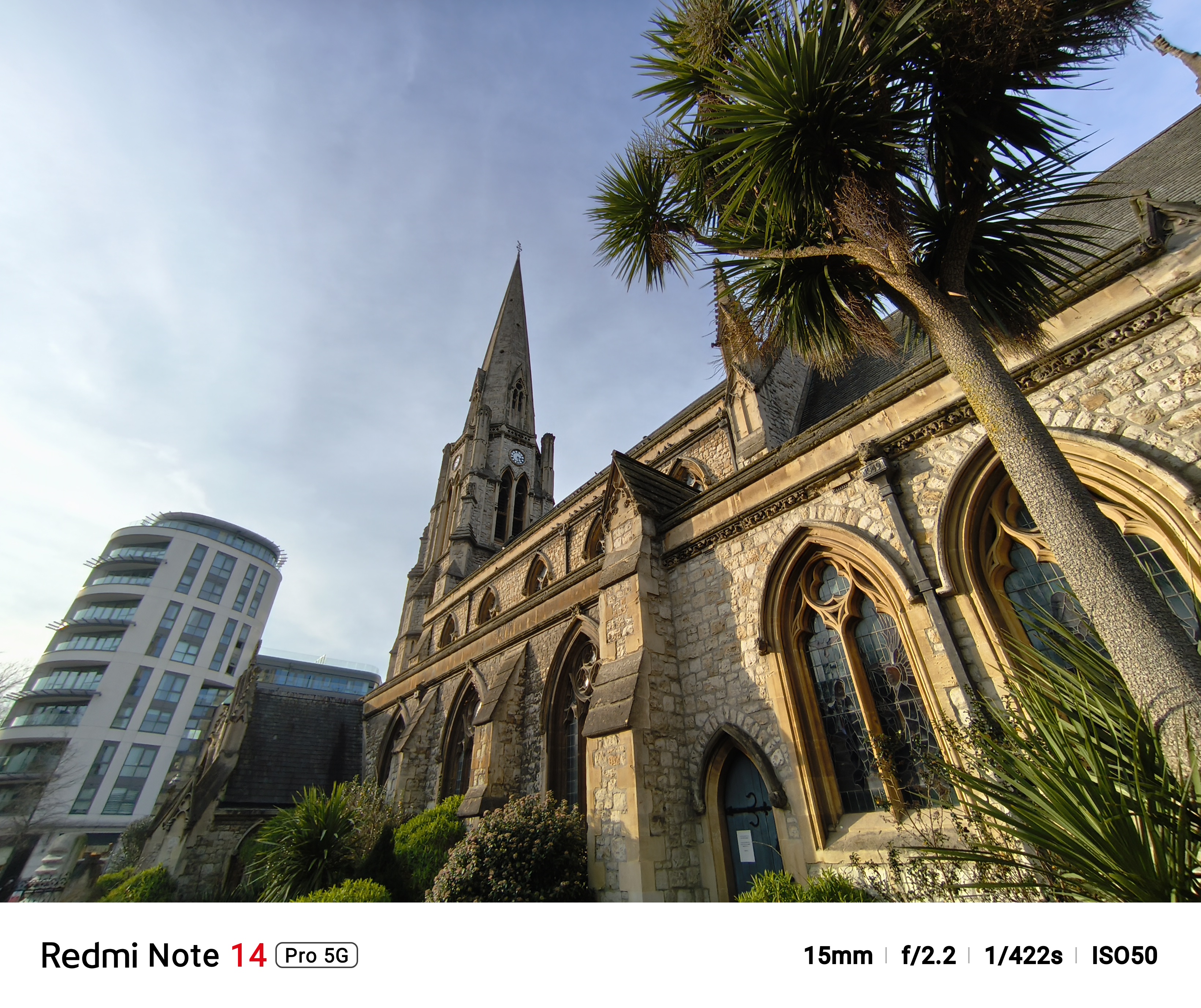
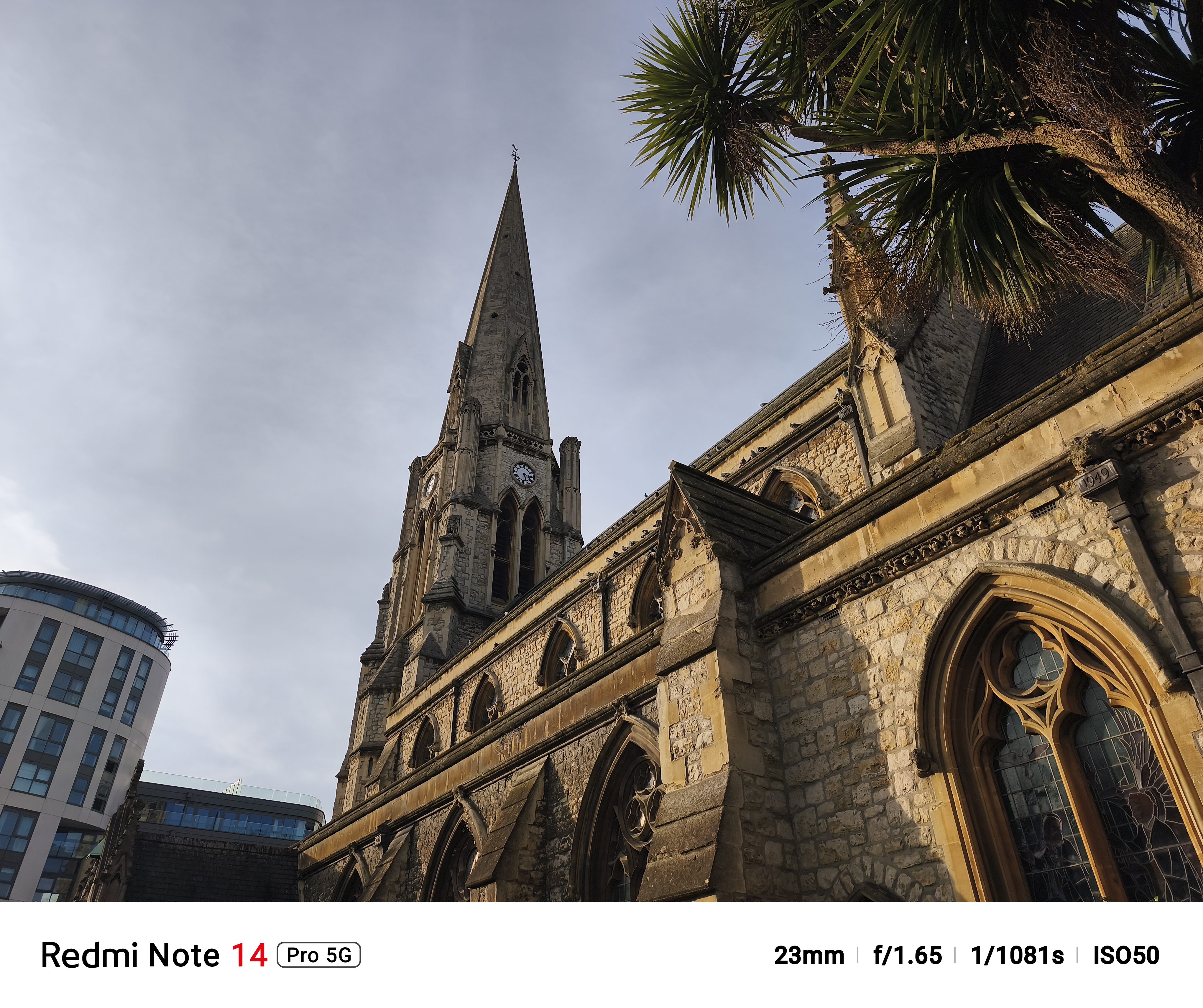
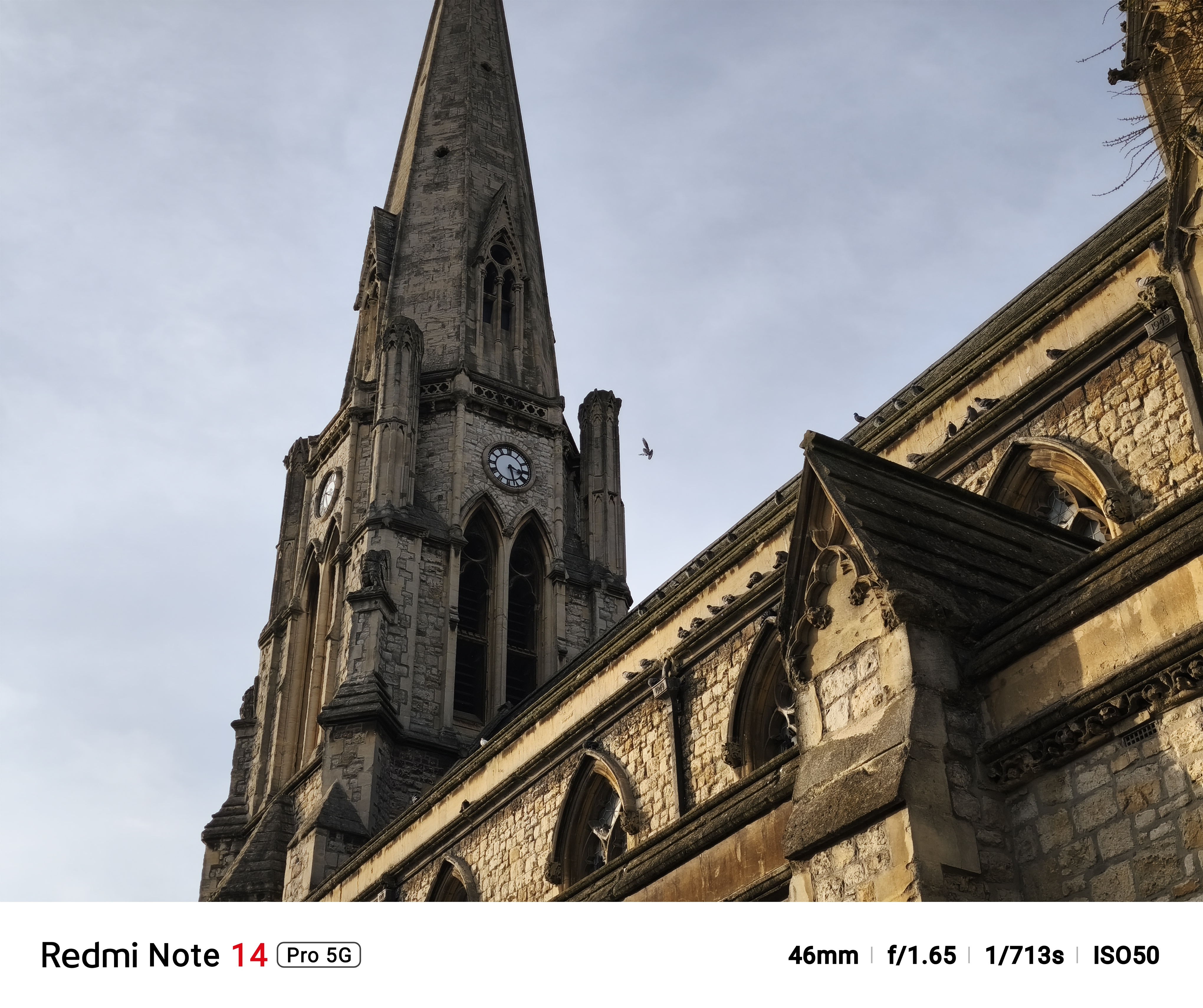
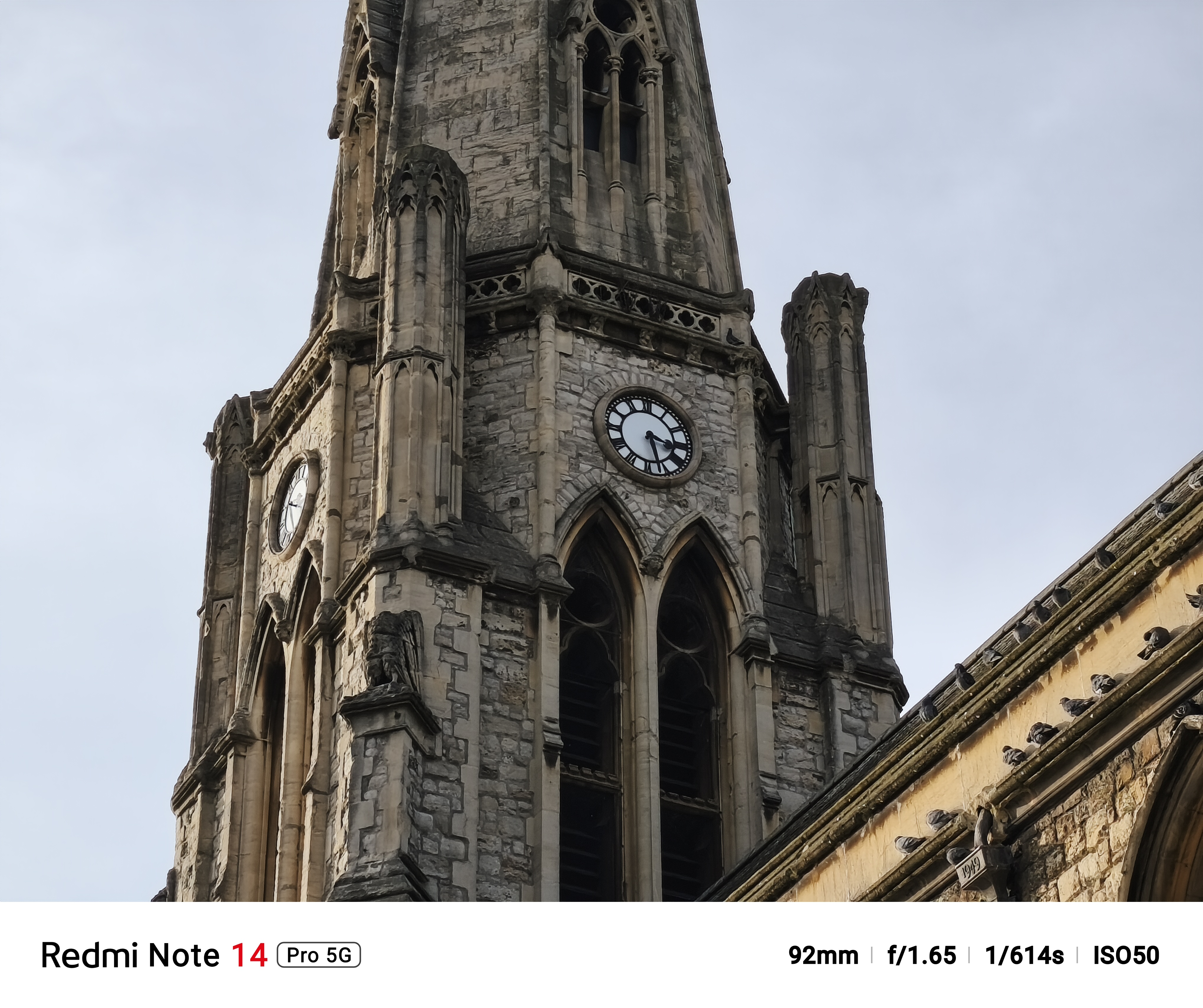
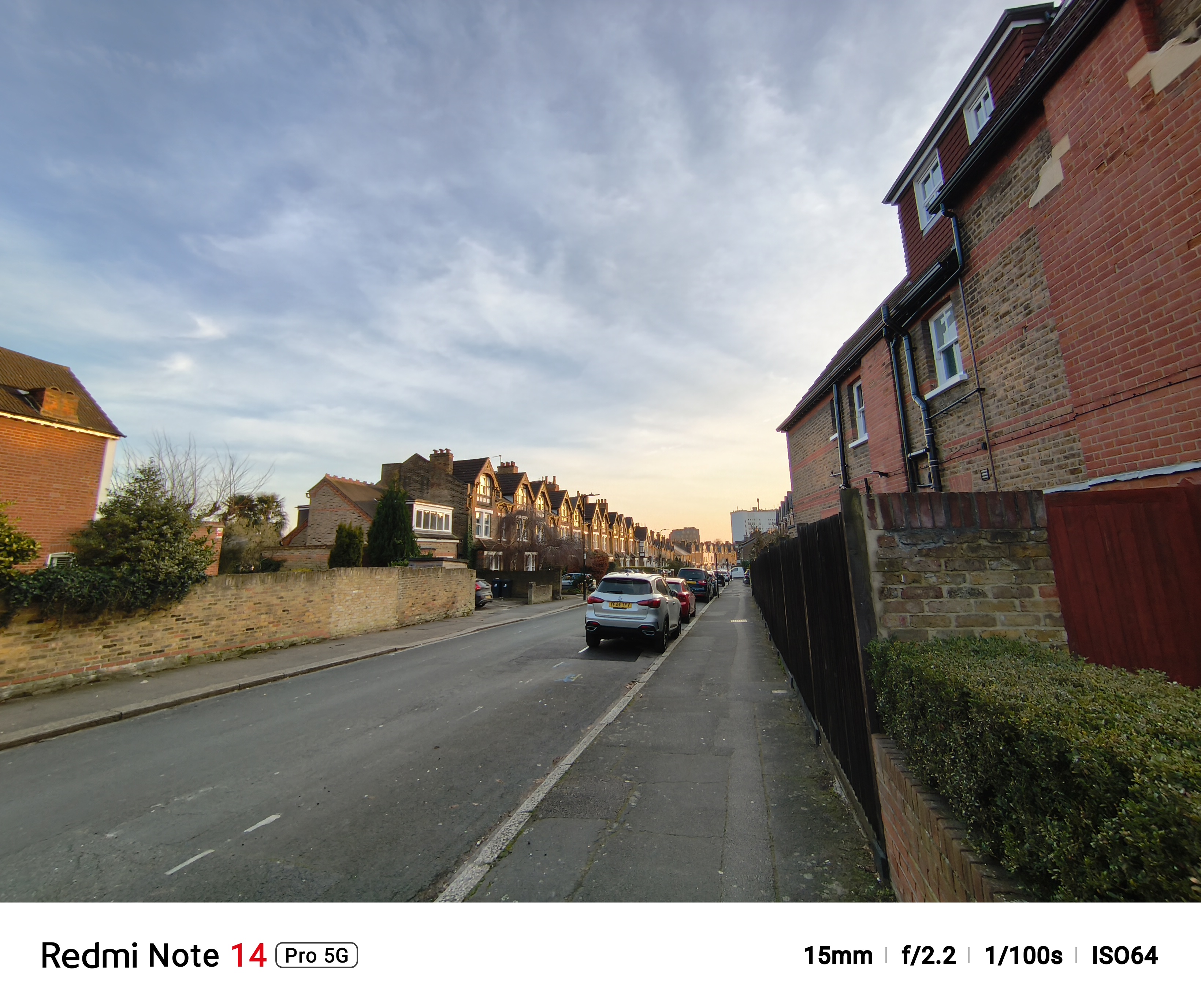
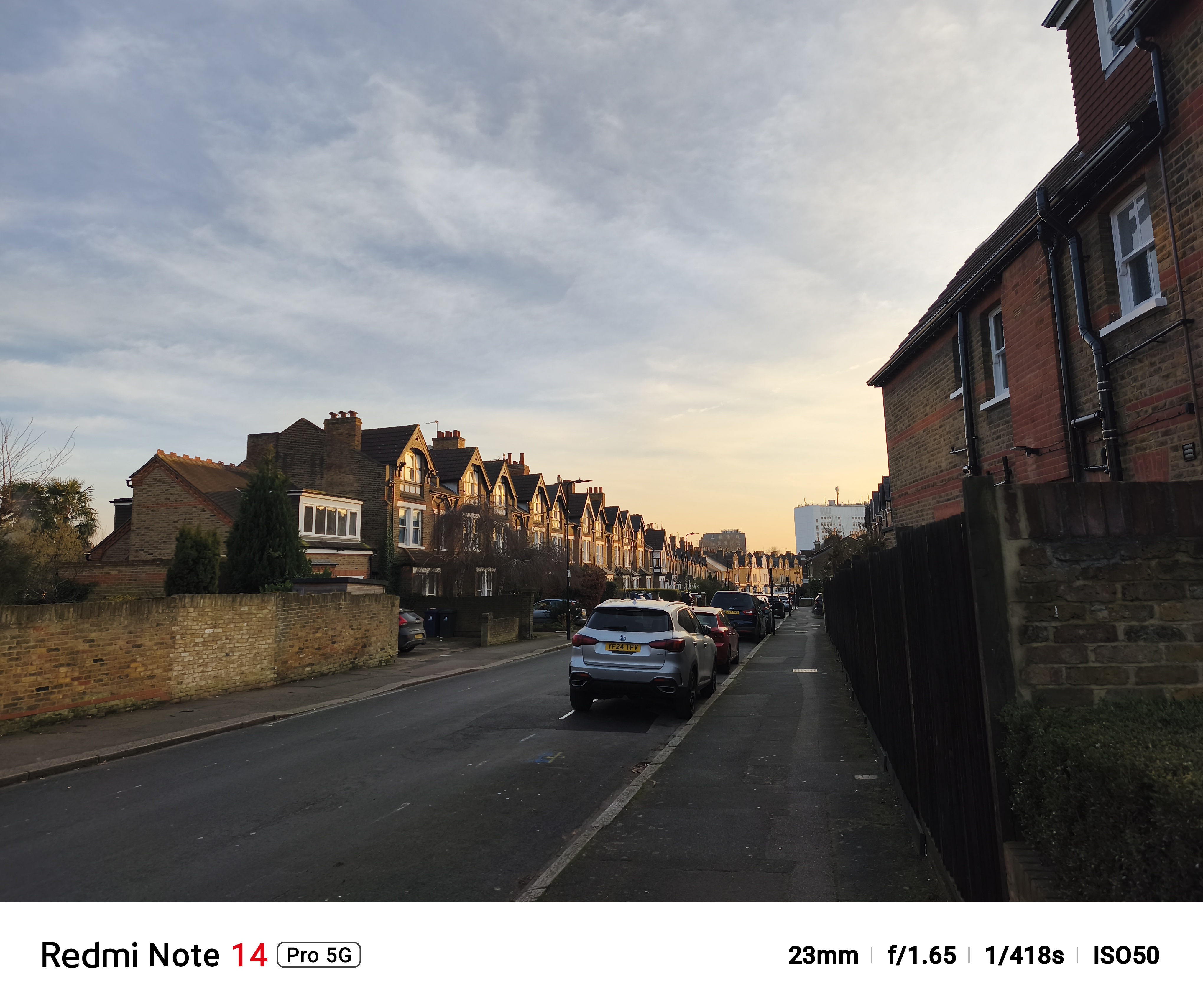
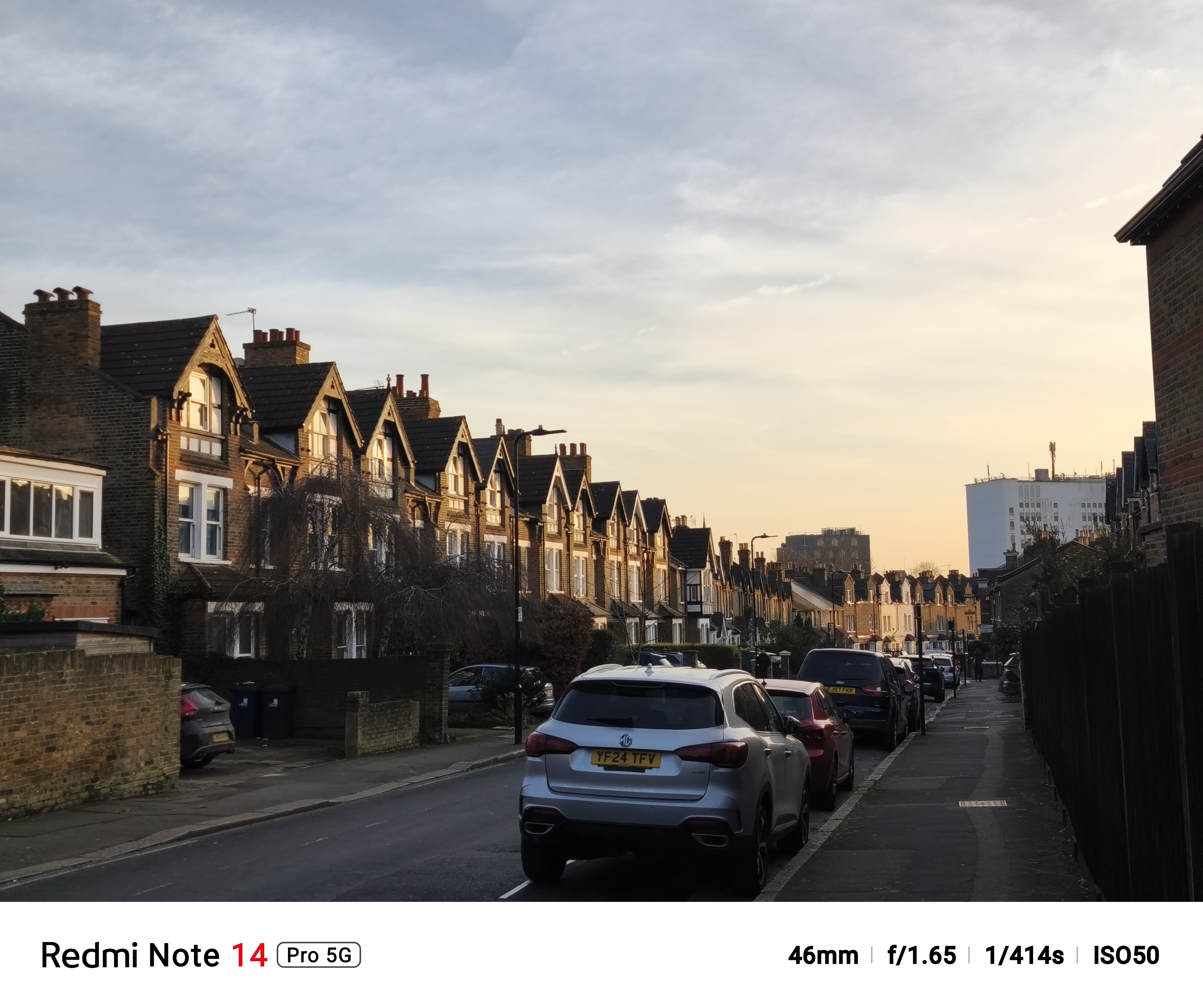
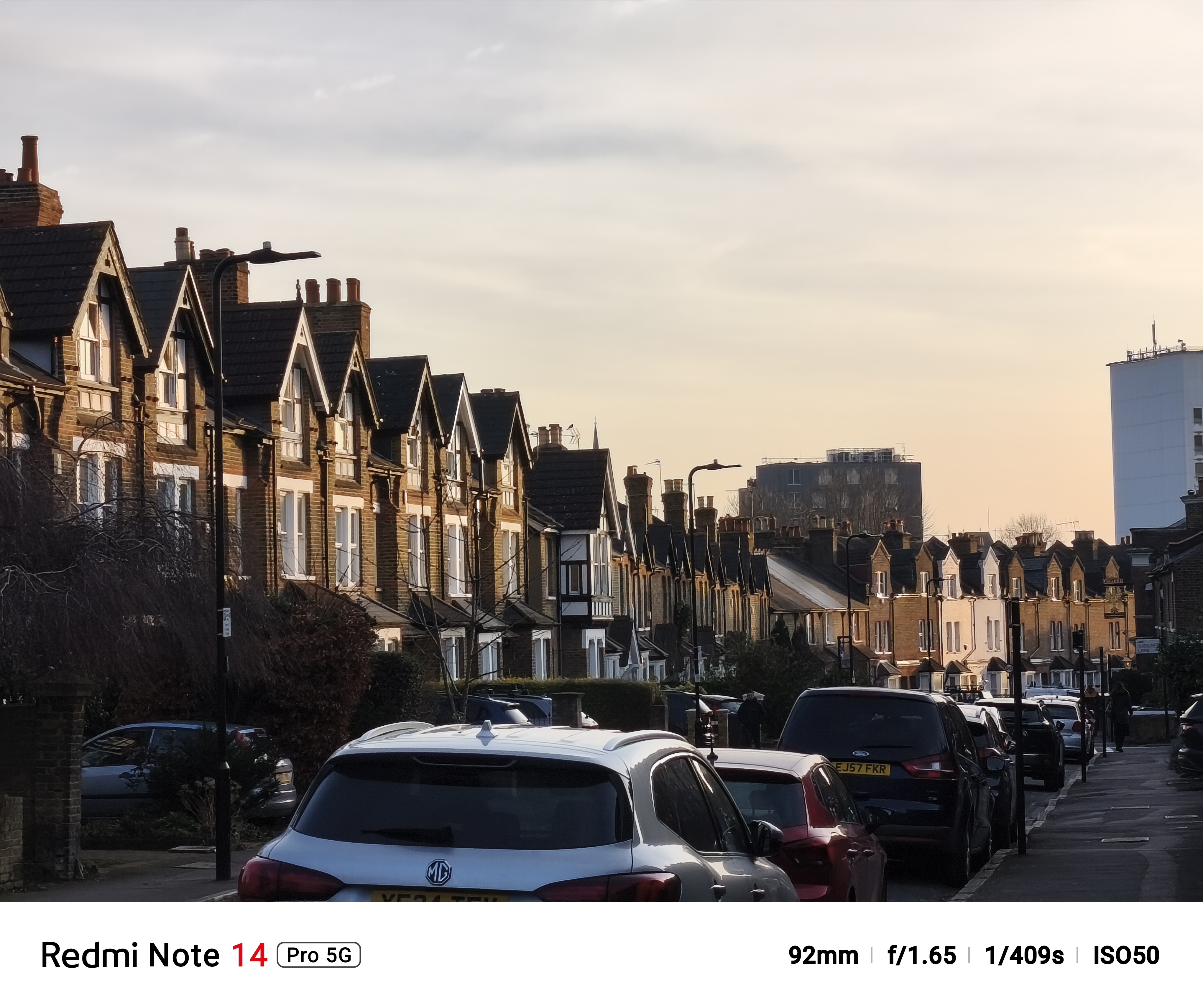
As with higher-end Xiaomi phones, the Redmi Note 14 series isn’t afraid of a bit of clipping, limiting the HDR effect in shots when compared to some other smartphones. Exposure is typically consistent and reliable, and while at the 23mm lens focal length there is some distortion, crop into 1.2-1.5x for quality distortion-free results on either phone.
The larger sensor also means that in lowlight scenes and indoor lighting, photos captured on either device look respectable, and with auto night mode firing up, they are great for stationary subjects, though as the lights drop, as with most midrangers, the Redmi Note 14 Pro and Pro Plus struggle with moving subjects as well as focus.
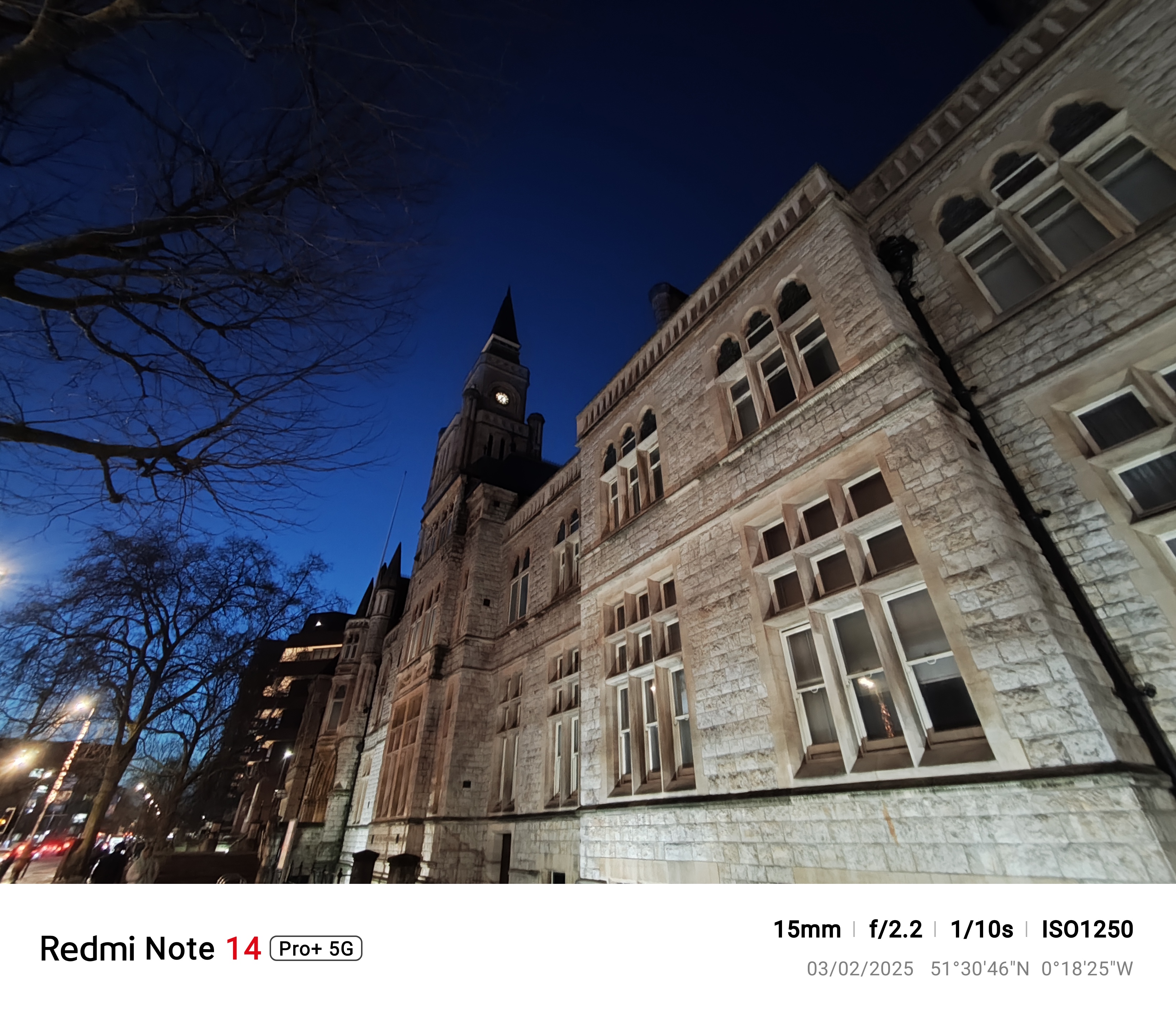
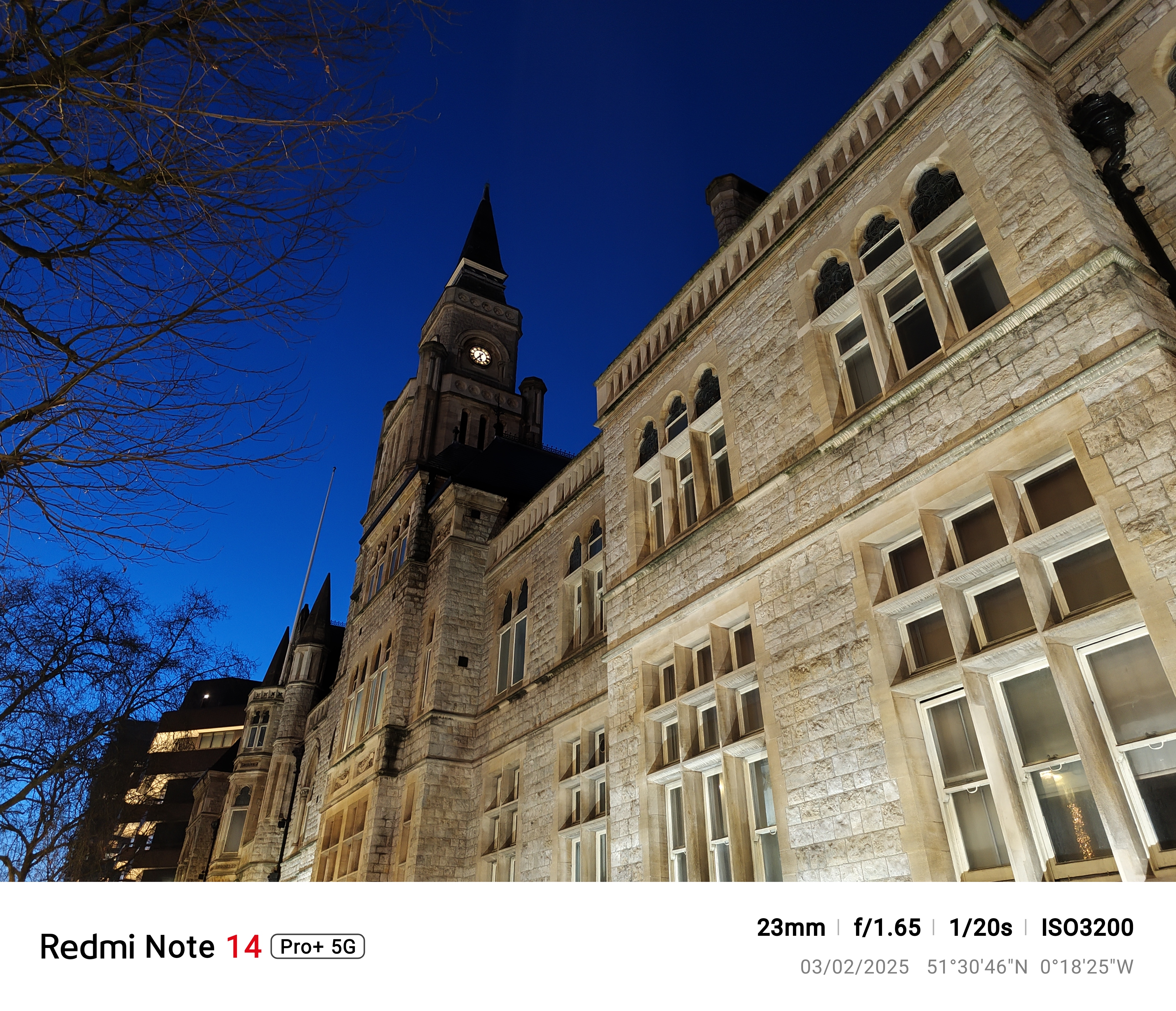
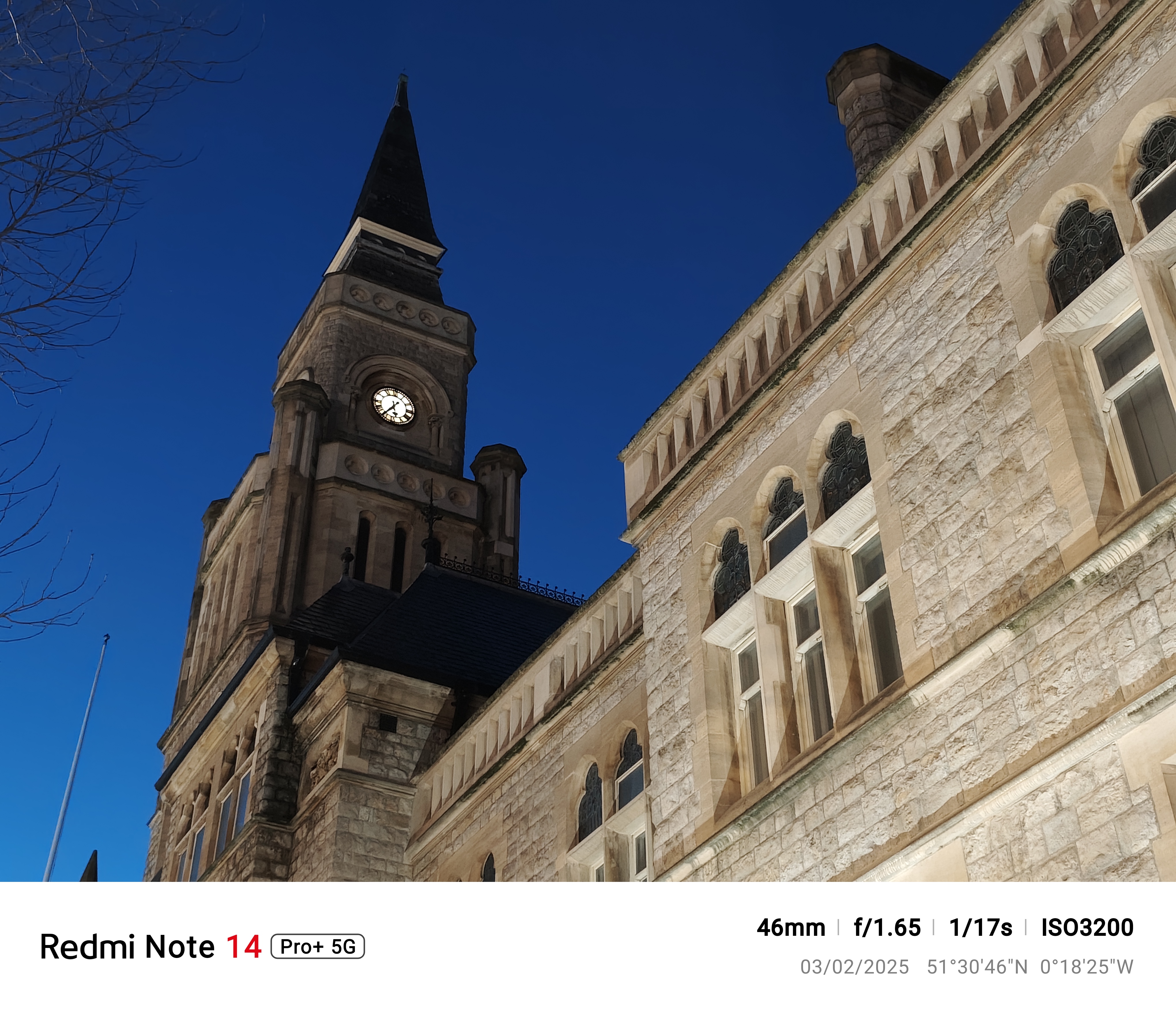
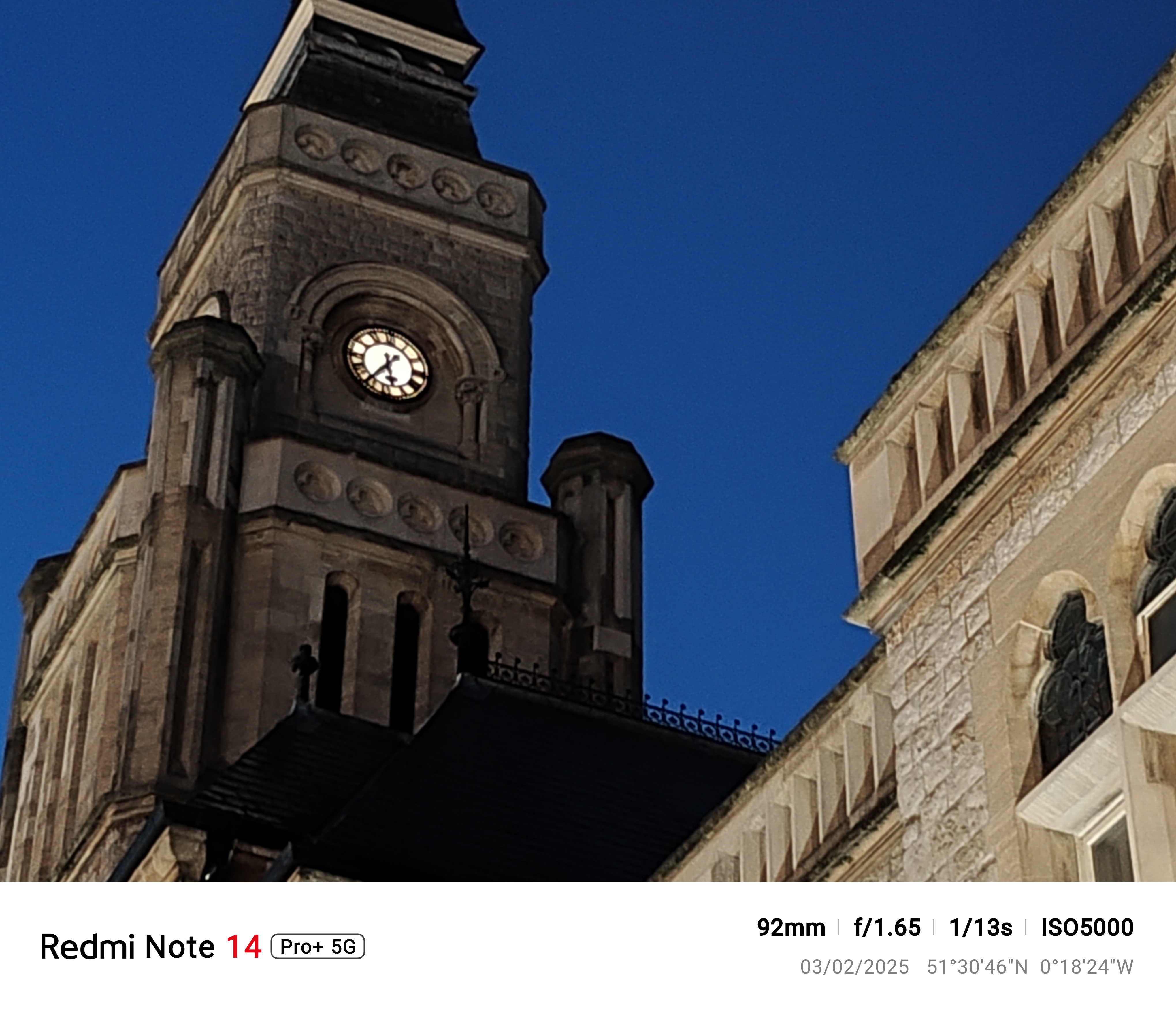
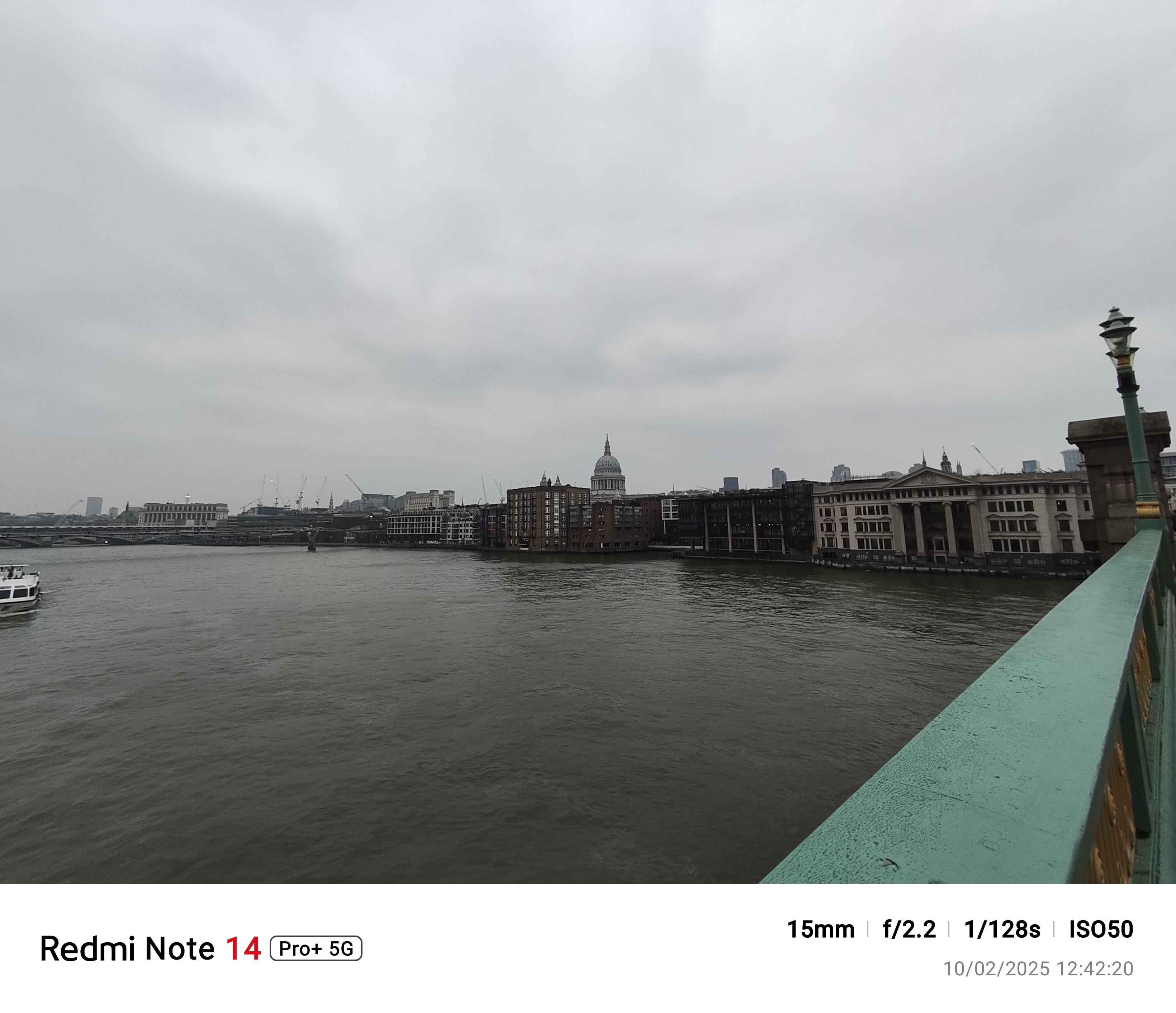
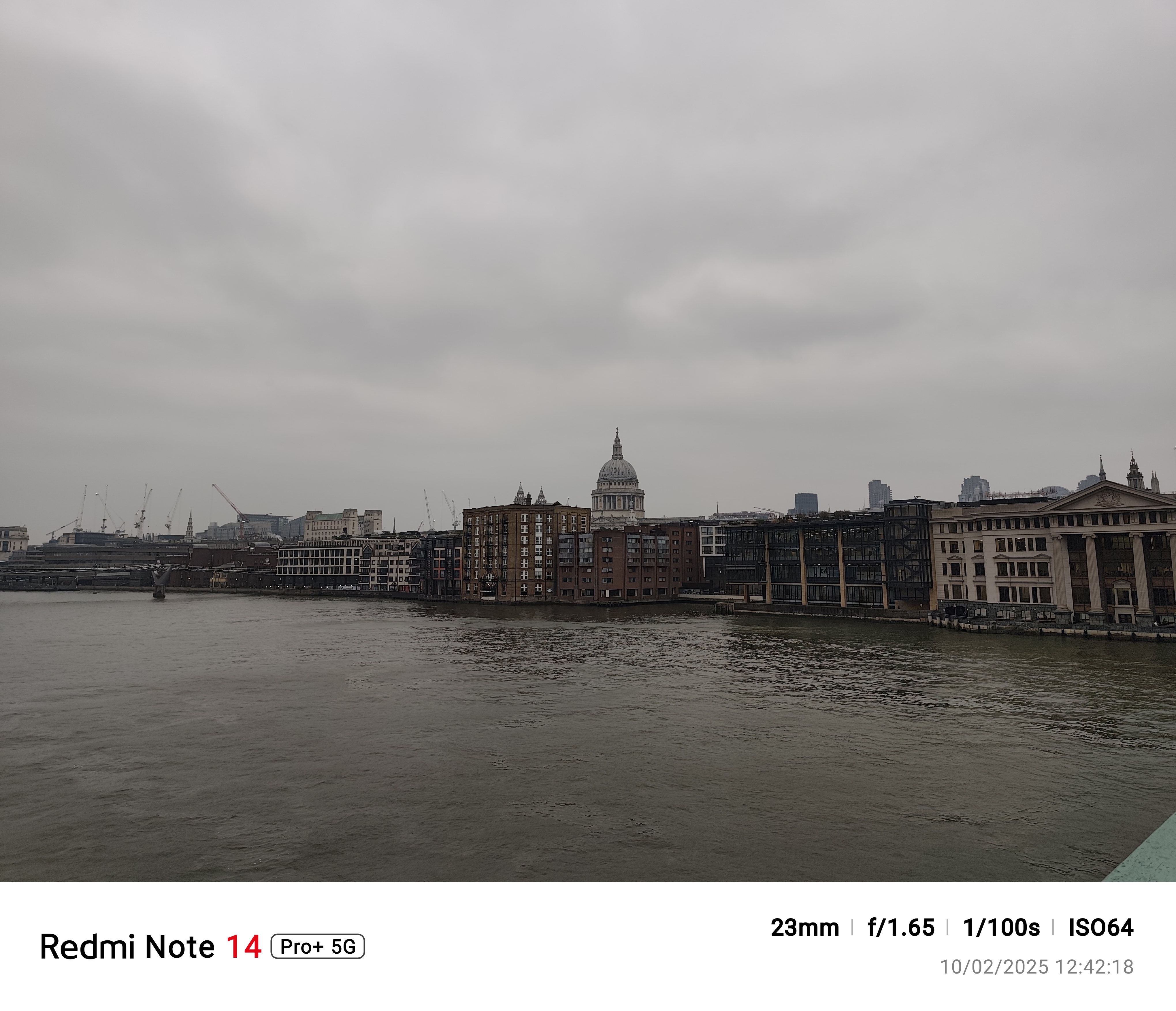

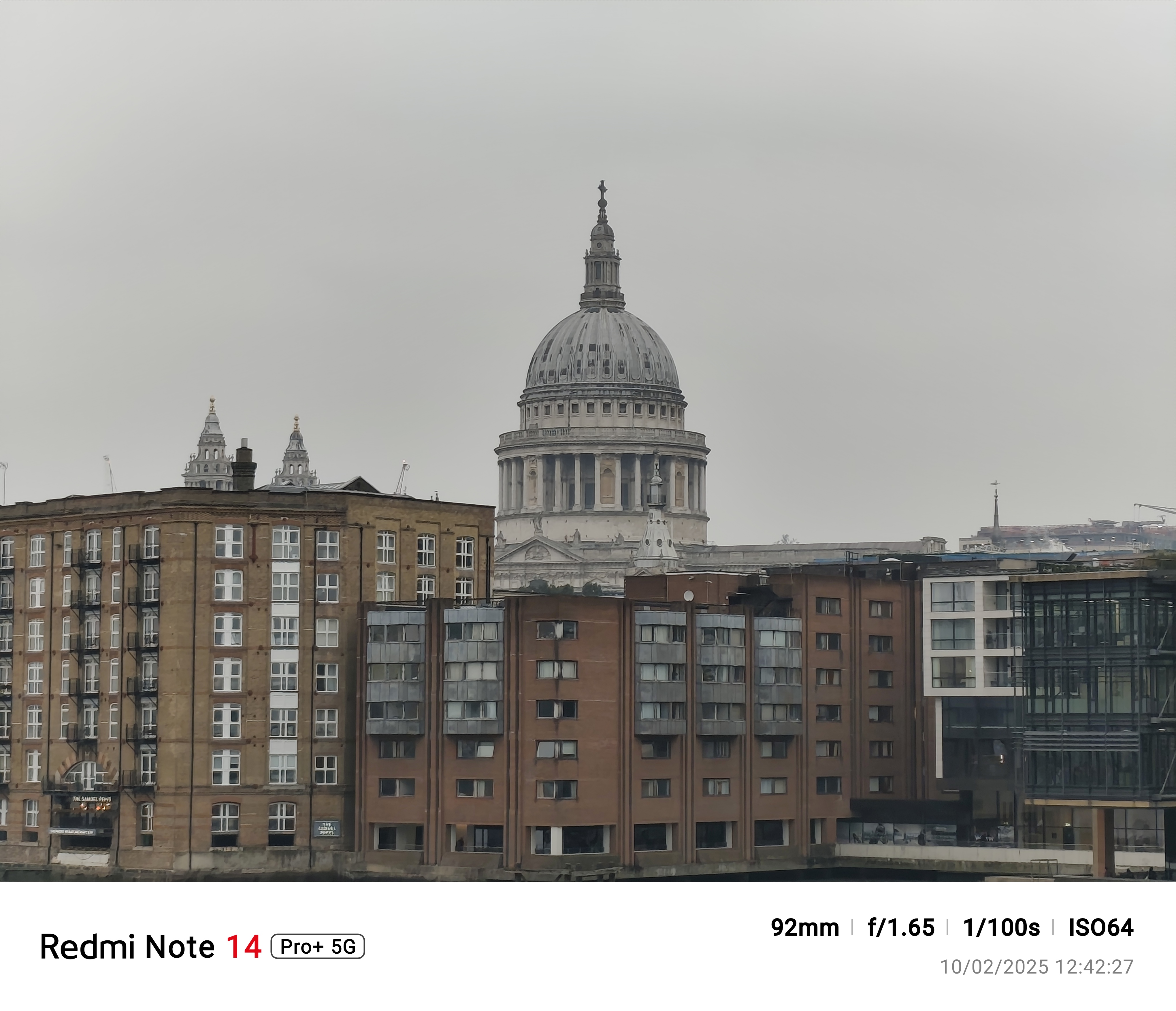
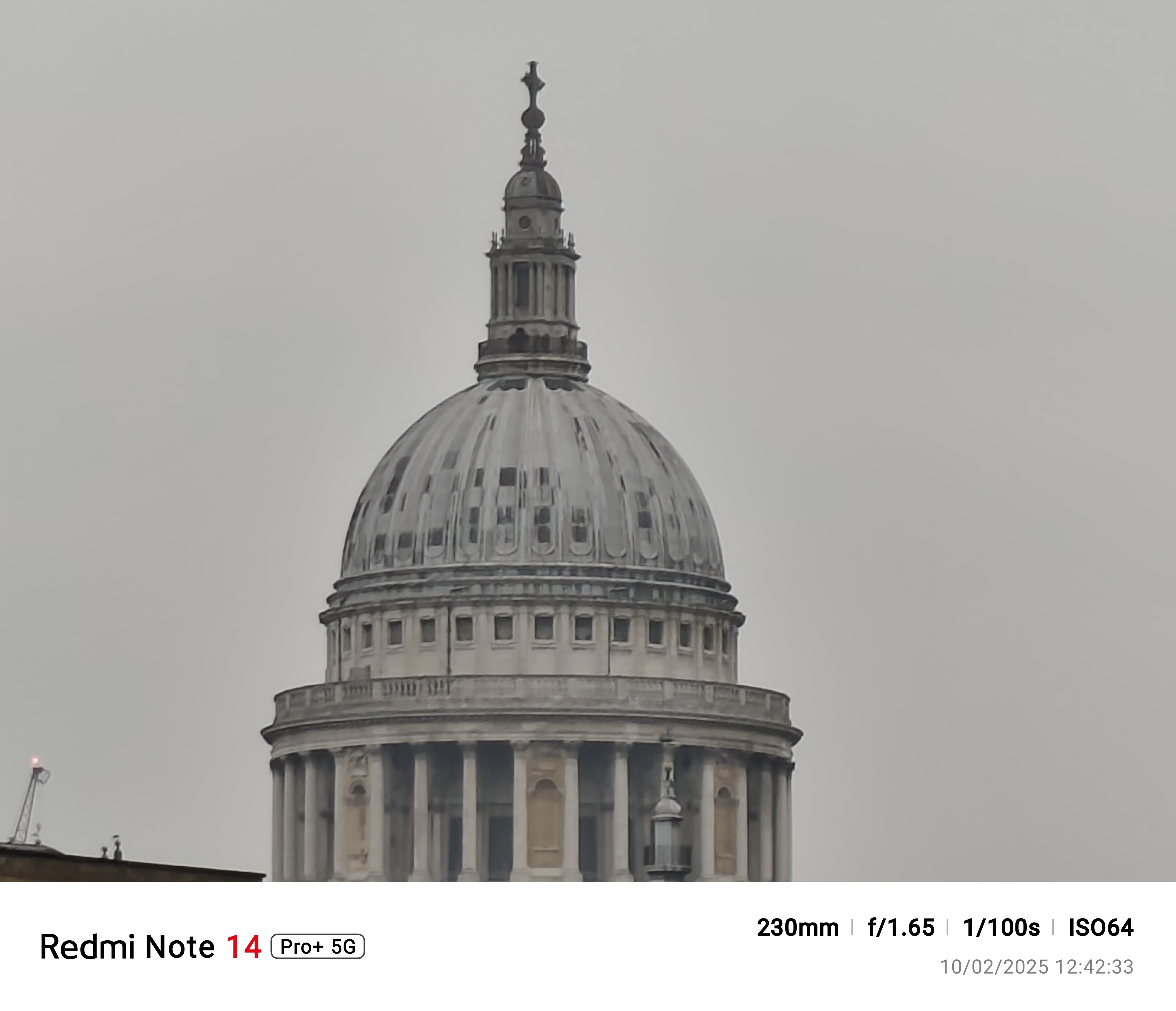
Close-up subjects, in particular, look rich thanks to the Redmi Note 14 Pro and 14 Pro Plus’s primary sensor size, with clear depth separation, and this extends to video too, which can pull up some great-looking content at up to 4K resolution 30fps. As the lights drop, so too does video quality, but primary camera footage is still competitive.
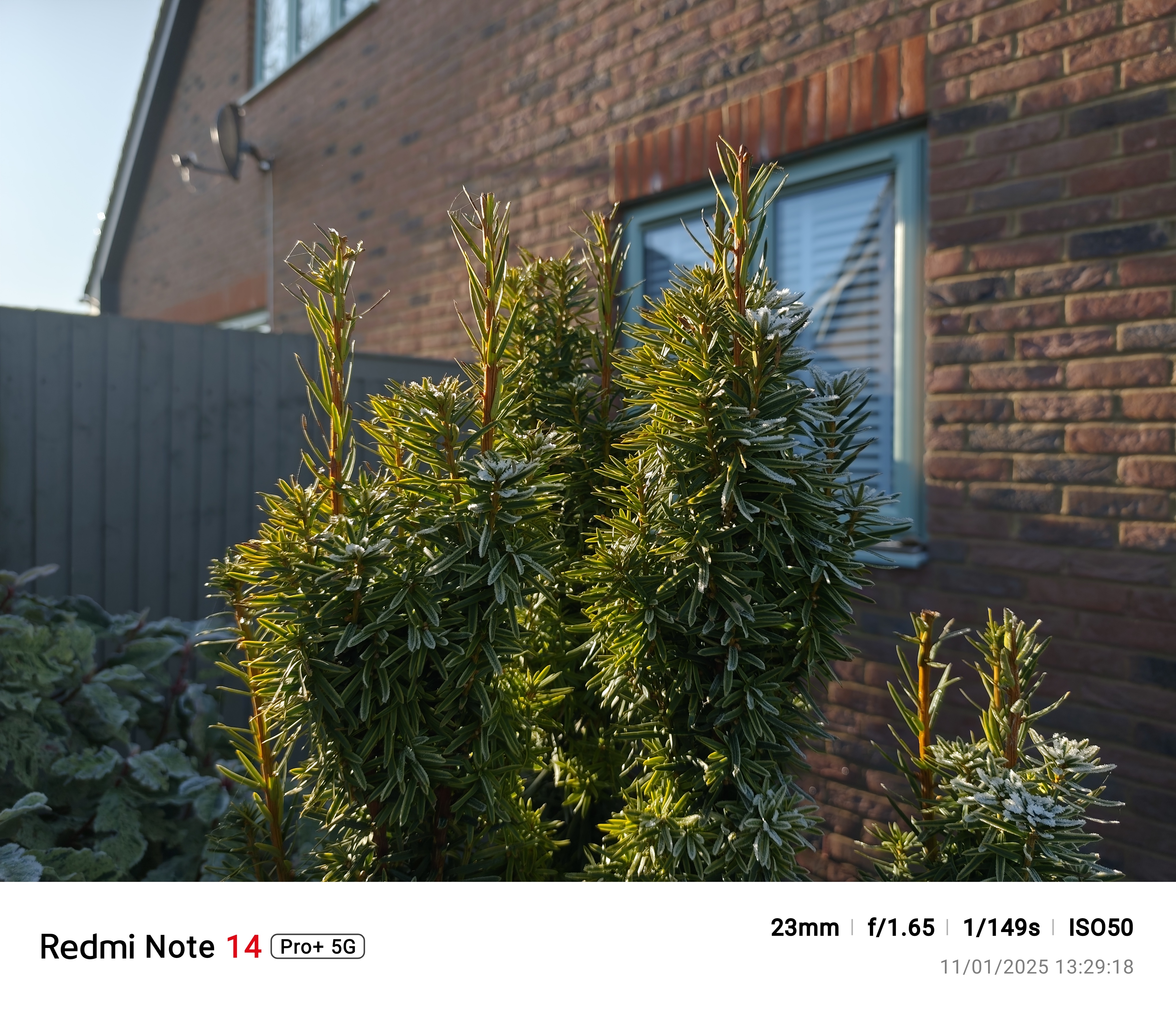
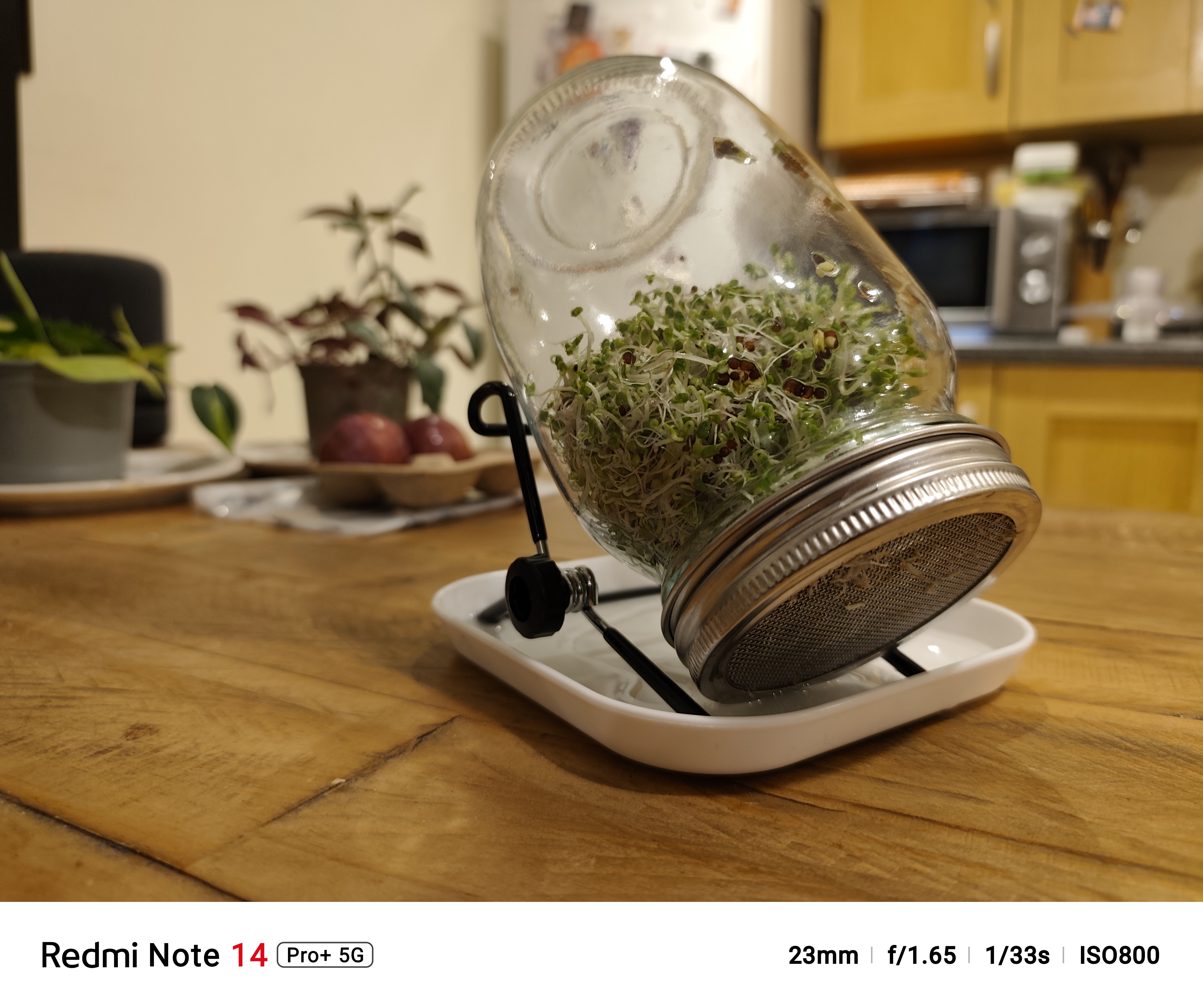
On one hand, it makes sense for Redmi to focus so much on the primary camera spec – it’s the camera people use the most – and thanks to in-sensor cropping, a good primary camera can translate to good telephoto shots. We do, nevertheless, wish that the 8MP ultra-wide and 2MP macro cameras weren’t quite so mediocre across photos and videos.
As for the selfie camera, the photos it captures look respectable, though under artificial lighting, occasionally left us with a depressingly pale, slightly lifeless complexion.
As for selfie video, we wish it captured at 4K to appease vloggers, however even at 1080p, the EIS that holds everything super-steady creates a bit of a ghost-like effect, so unless the phone’s on a tripod, we wouldn’t recommend it for serious vlogging.
Redmi Note 14 Pro and 14 Pro Plus performance and battery
The main difference in spec between the Redmi Note 14 Pro and Pro Plus are the chipsets, with the 14 Pro running with a MediaTek Dimensity 7300 Ultra, and the Pro Plus debuting the new Qualcomm Snapdragon 7s Gen 3, which has ramped-up AI performance over its predecessor.
Performance is similar across both with neither being adept at playing back top-tier games, however, the 14 Pro grinds to a halt with demanding games like Wuthering Waves, while the 14 Pro Plus makes a slightly more valiant effort. However, in day-to-day swiping, camera use and browsing we didn’t notice a significant difference between either, so for non-gamers, we’d suggest saving a bit of cash and going for the Redmi Note 14 Pro.
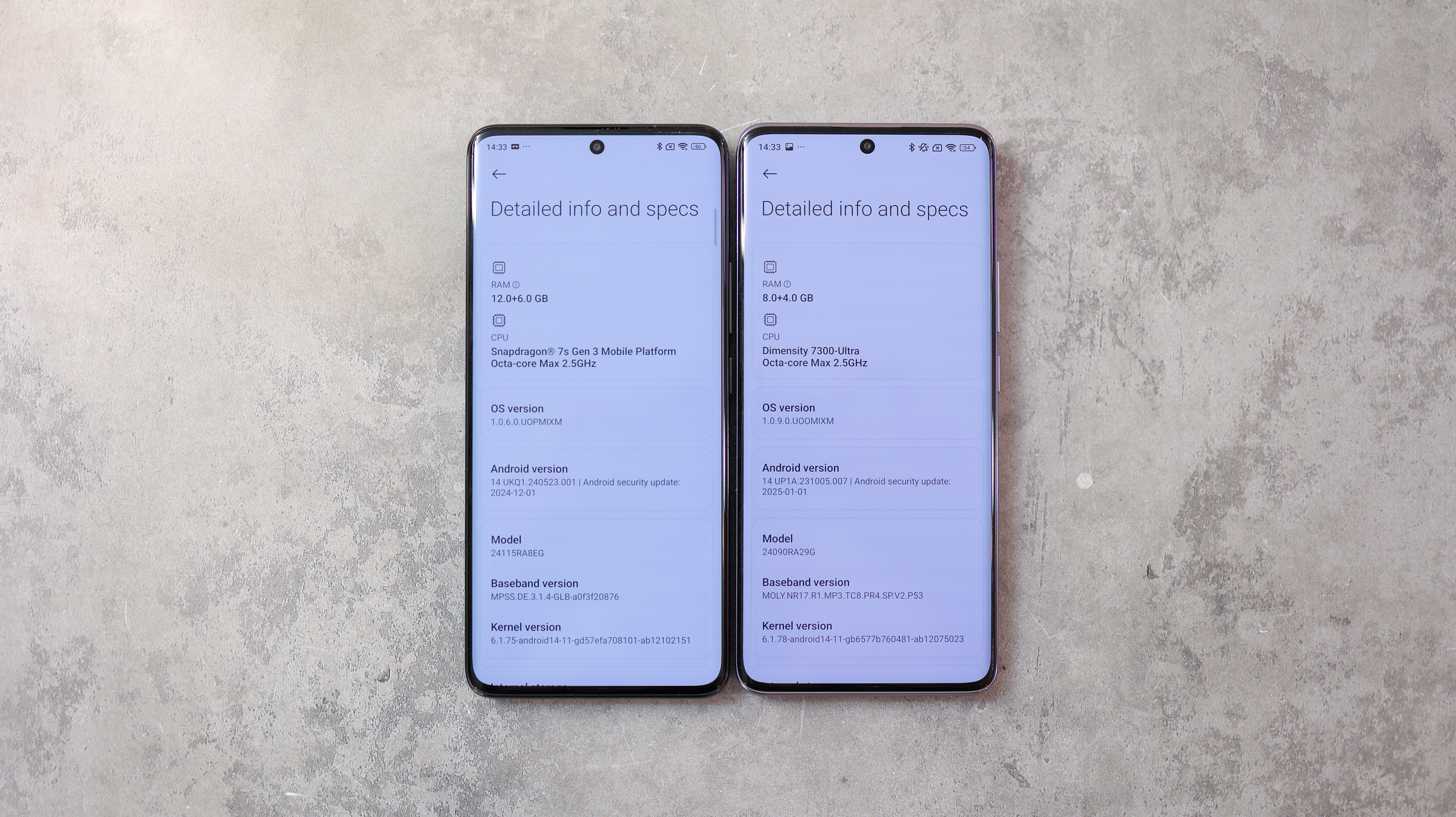
The interface experience is also identical across both phones. For some reason, Redmi’s launching the 14 Pro series with Android 14, not Android 15 like current-gen Xiaomi and Poco phones, and as a result, it runs the older version of HyperOS too. This isn’t a deal-breaker out of the box; however, it potentially impacts future-proofing.
HyperOS is bloated, especially in Poco and Redmi phones, with plenty of pre-installed apps, adverts in your global search screen that you can’t get rid of unless you disable the global search feature, and aggressive themes and magazine-style Lock Screen features that detract from the finesse of the experience.
So while HyperOS and, in turn, both Redmi phones are highly customizable, it takes a fair bit of tinkering to feel like you’re driving the ship and not the other way around.
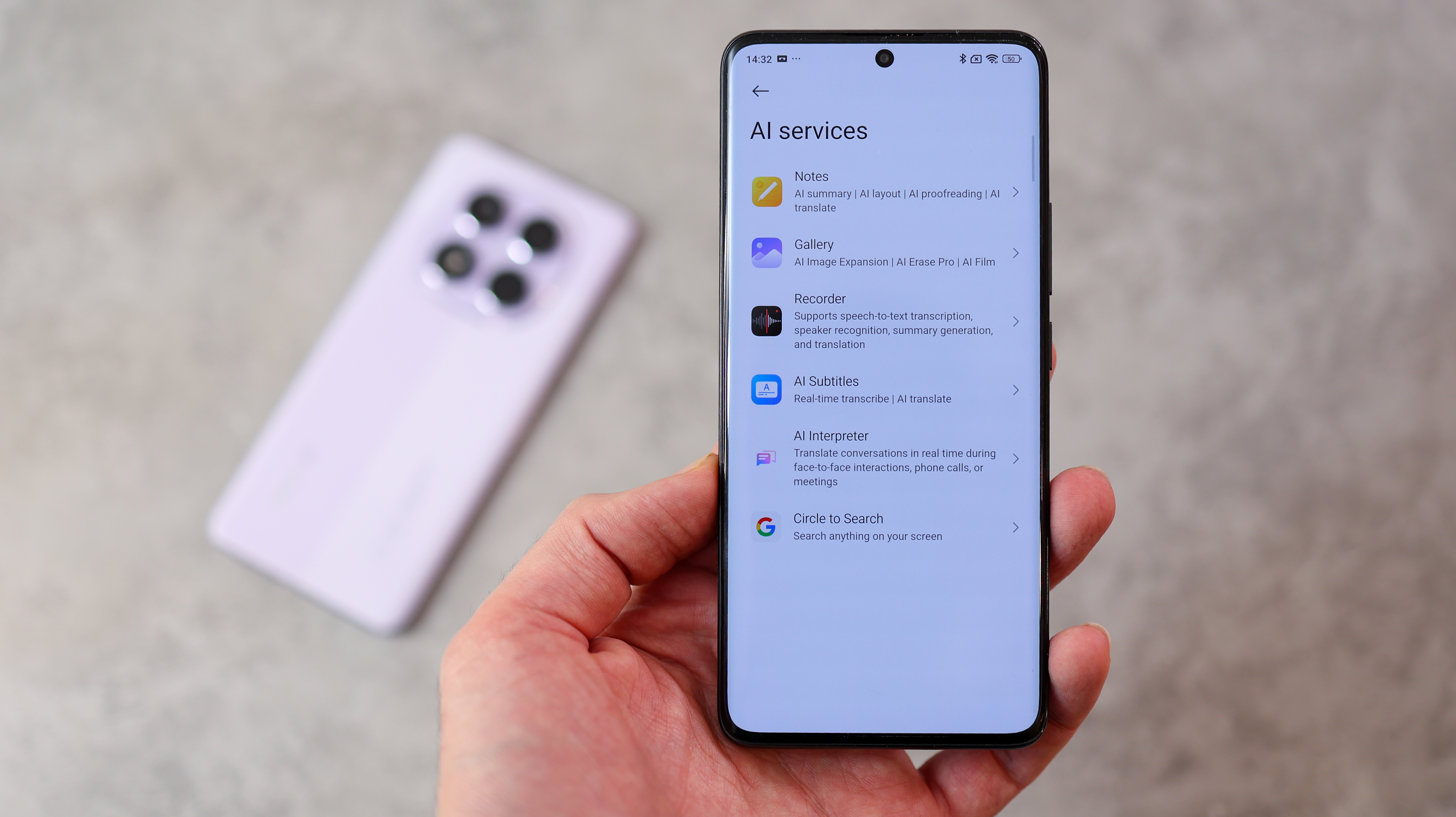
One welcome feature for the new phones are AI photo editing tools, with Enhance, Expand, Erase, and Sky all added within the photo editing menu. You can also transcribe voice recordings which worked accurately in our tests and summarise them too, which is great to see on a relatively budget series.
Both phones also offer plenty of memory, with each starting at 256GB with 8GB RAM, and capping out at 512GB with 12GB RAM.
A final point of differentiation between both Redmi phones is charging speed. While both phones feature competitive 5110mAh batteries, the Note 14 Pro charges at a max 45W speed, while the 14 Pro Plus soars at 120W. The catch is you need to use the supplied charger to hit those kinds of speeds, but if you do and value ultra-nippy top-ups, that’s a big win for the Redmi 14 Pro Plus.
Unfortunately, neither phone packs wireless charging, however, at the price this isn’t a dealbreaker.
Redmi Note 14 Pro and 14 Pro Plus verdict
The Redmi Note 14 Pro and Pro Plus cater to casual smartphone users and photography enthusiasts on a budget. They offer plenty of storage, good looks, quality displays, great durability credentials, and sleek styling.
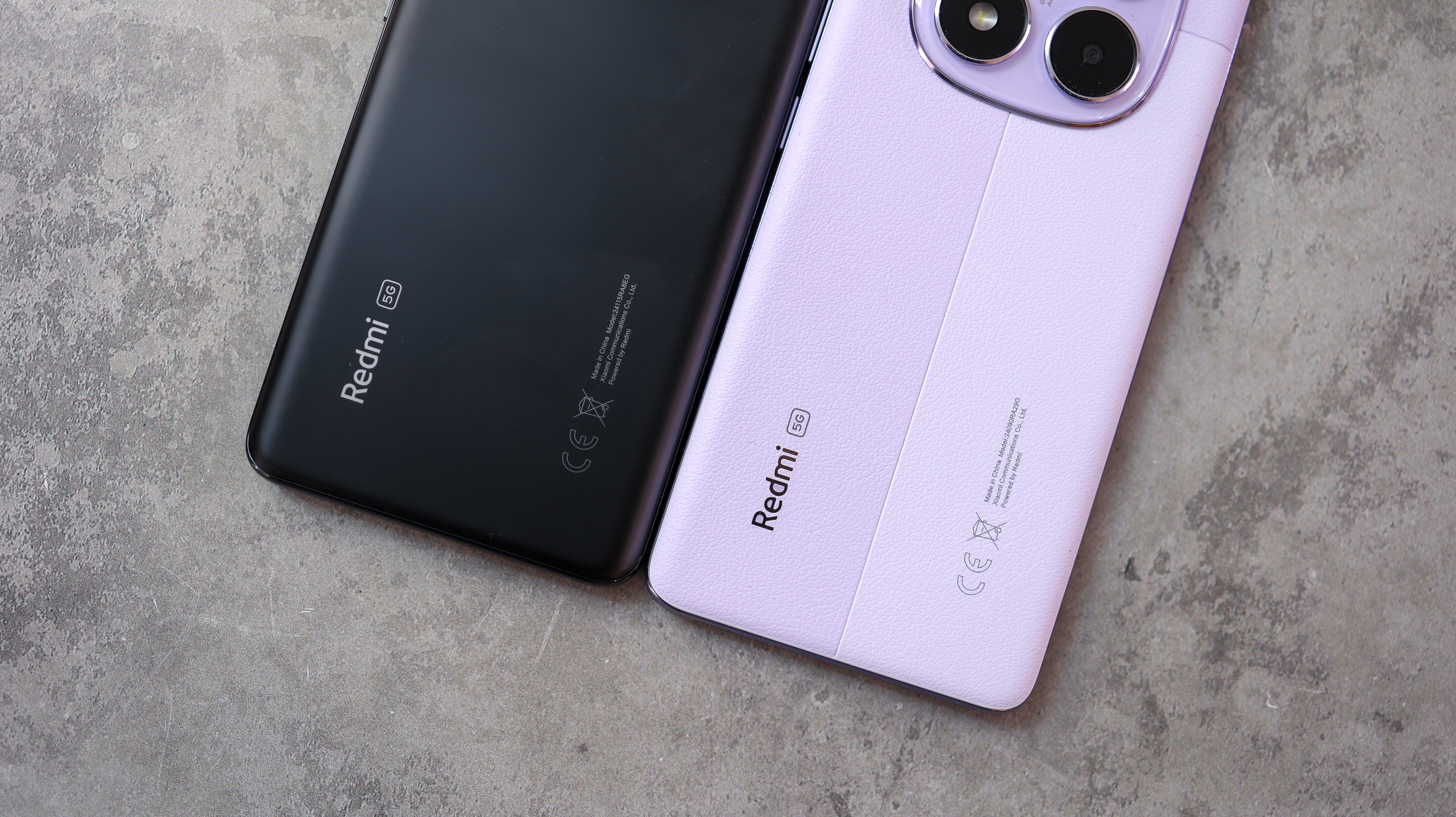
The cheaper Redmi Note 14 Pro is a winning option if you want a best-in-class main camera and don’t need a smidgen of extra power and faster power-ups. The Pro Plus, meanwhile, is more future-proofed owing to the more specced out processor, but there really isn’t a huge amount in it.
We definitely wouldn’t call either phone a no-brainer given the relatively punchy prices on launch, Xiaomi’s bloated HyperOS, and the weak secondary cameras on board. Nevertheless, at the right price and with Xiaomi’s habit of heavily discounting Redmi phones almost immediately after launch, either phone could be a great buy.
Redmi Note 14 Pro and 14 Pro Plus alternatives
Gamers looking for a winning alternative, the Poco X7 Pro is a better phone with a worse camera. It packs a fresher version of Android, a huge battery, storage, and a lower price, and it’s also the best gaming phone around at its price even if the 50MP camera can’t best the Redmi 14 Pro or Pro Plus.
Nothing’s Phone (2a) and Phone (2a) Plus are other great options. Sporting a bit less power but more standout style, the (2a) Plus, in particular, shines with its 4K selfie video and superior ultra-wide camera.
If you don’t mind spending a bit more but getting a much more complete experience, the excellent Honor 200 Pro piles on digital zoom and much more power, while carrying forward that curved-screen-style of the Redmi 14 Pro and Pro Plus, only with even more panache.
Basil Kronfli is a freelance technology journalist, consultant, and content creator. He trained in graphic design and started his career at Canon Europe before moving into journalism. Basil is also experienced in video production, independently running the YouTube channel TechEdit, and during his time at Future, he worked alongside the Digital Camera World team as a senior video producer.
You must confirm your public display name before commenting
Please logout and then login again, you will then be prompted to enter your display name.
